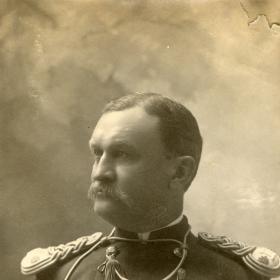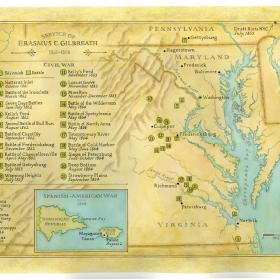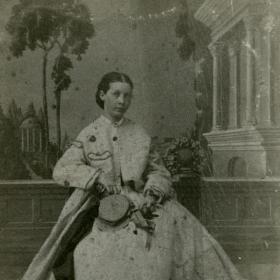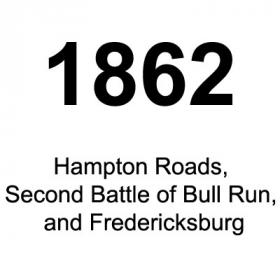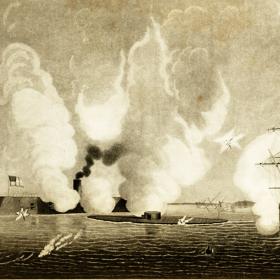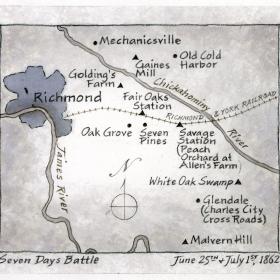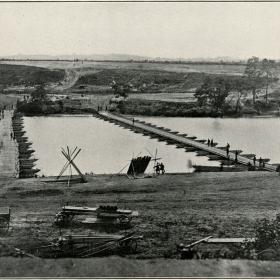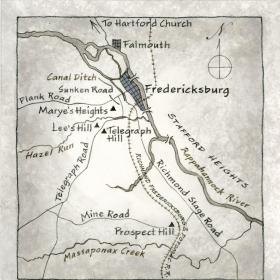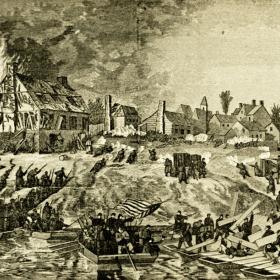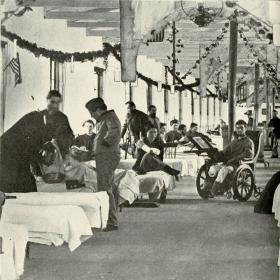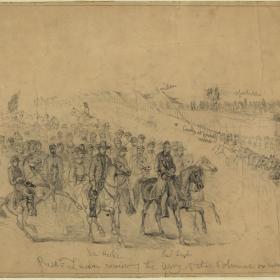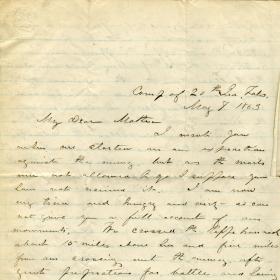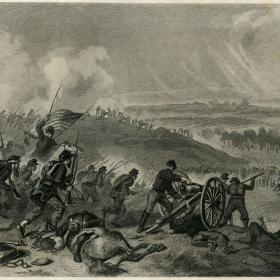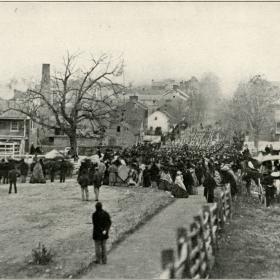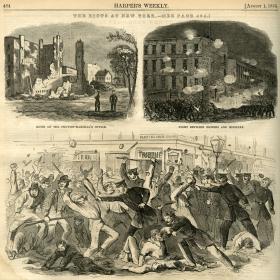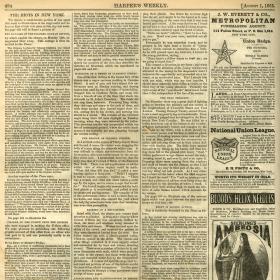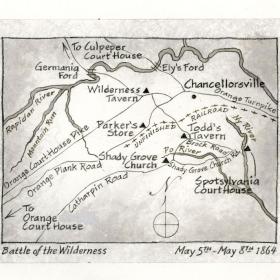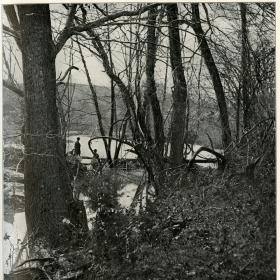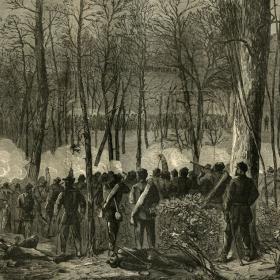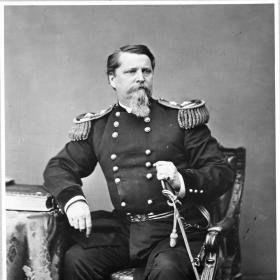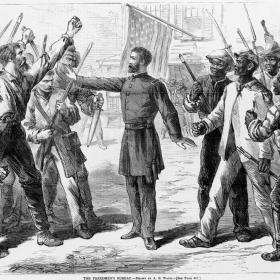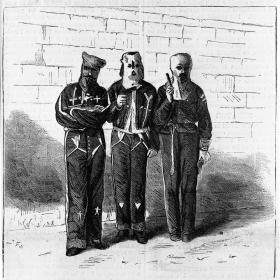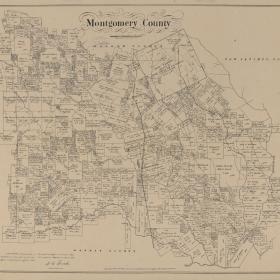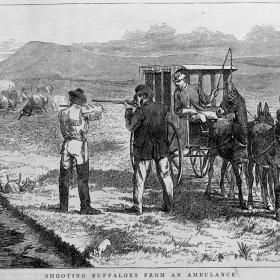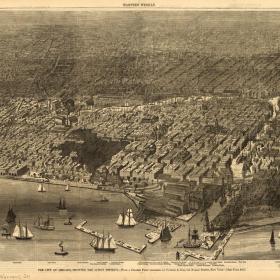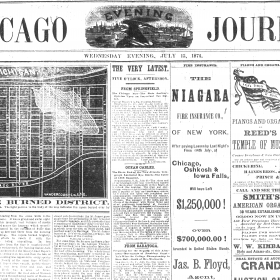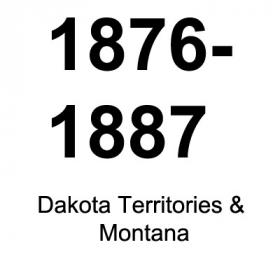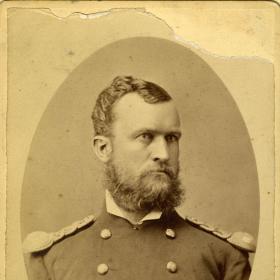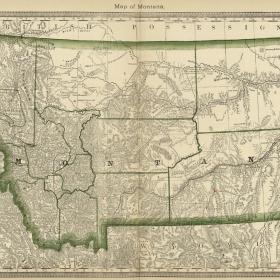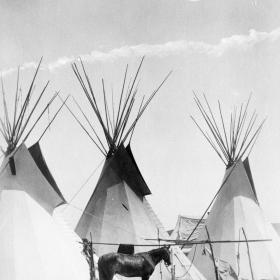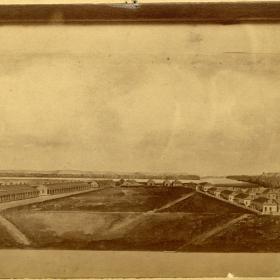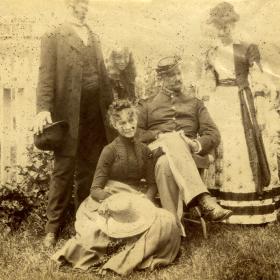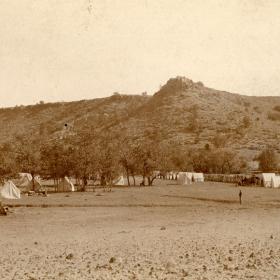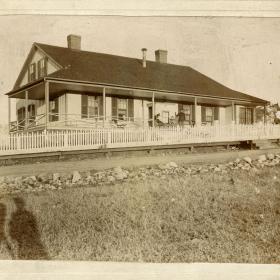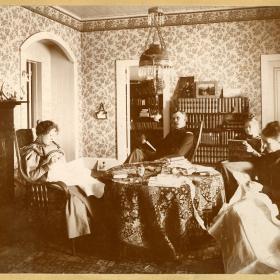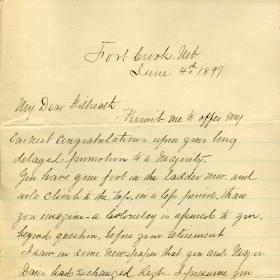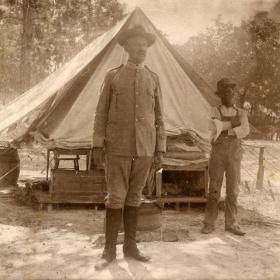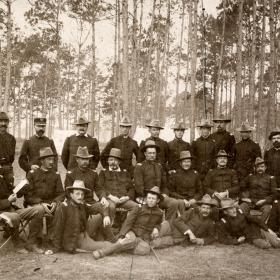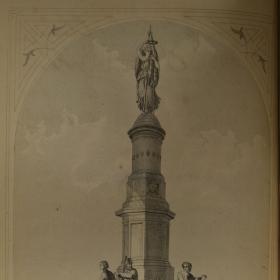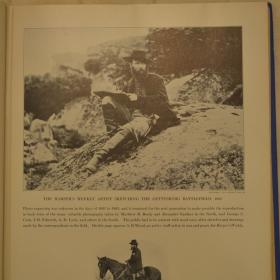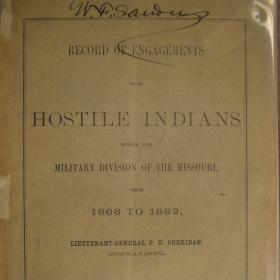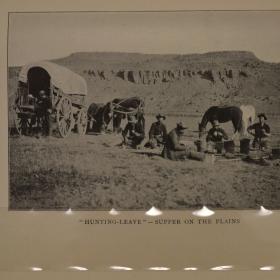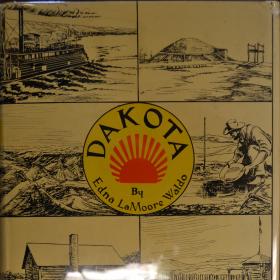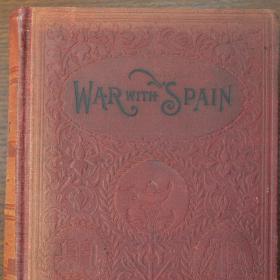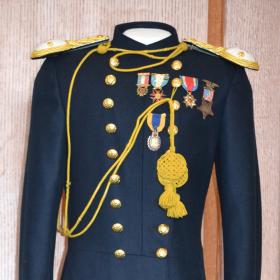Dignity of Duty: A Personal Odyssey of Service from the Civil War to the Spanish-American War
Inspired by the publication of the Journals of Erasmus Corwin Gilbreath, the Museum & Library's original exhibit included a wide range of photographs, maps, artifacts, and books on 19th Century America, with a focus on the American Civil War, the Indian Wars, and the Spanish-American War.
Buy the Book
Get your copy of Dignity of Duty: The Journals of Erasmus Corwin Gilbreath 1861-1898. Click here
Listen to the Audio Experience
Venture into the life and times of Erasmus Corwin Gilbreath through a special Dignity of Duty podcast. Click here
19th Century America Rare Books
Drawn from the PMML collection of rare and non-circulating books, these selections provide context to the service of Major Gilbreath. Browse the Books
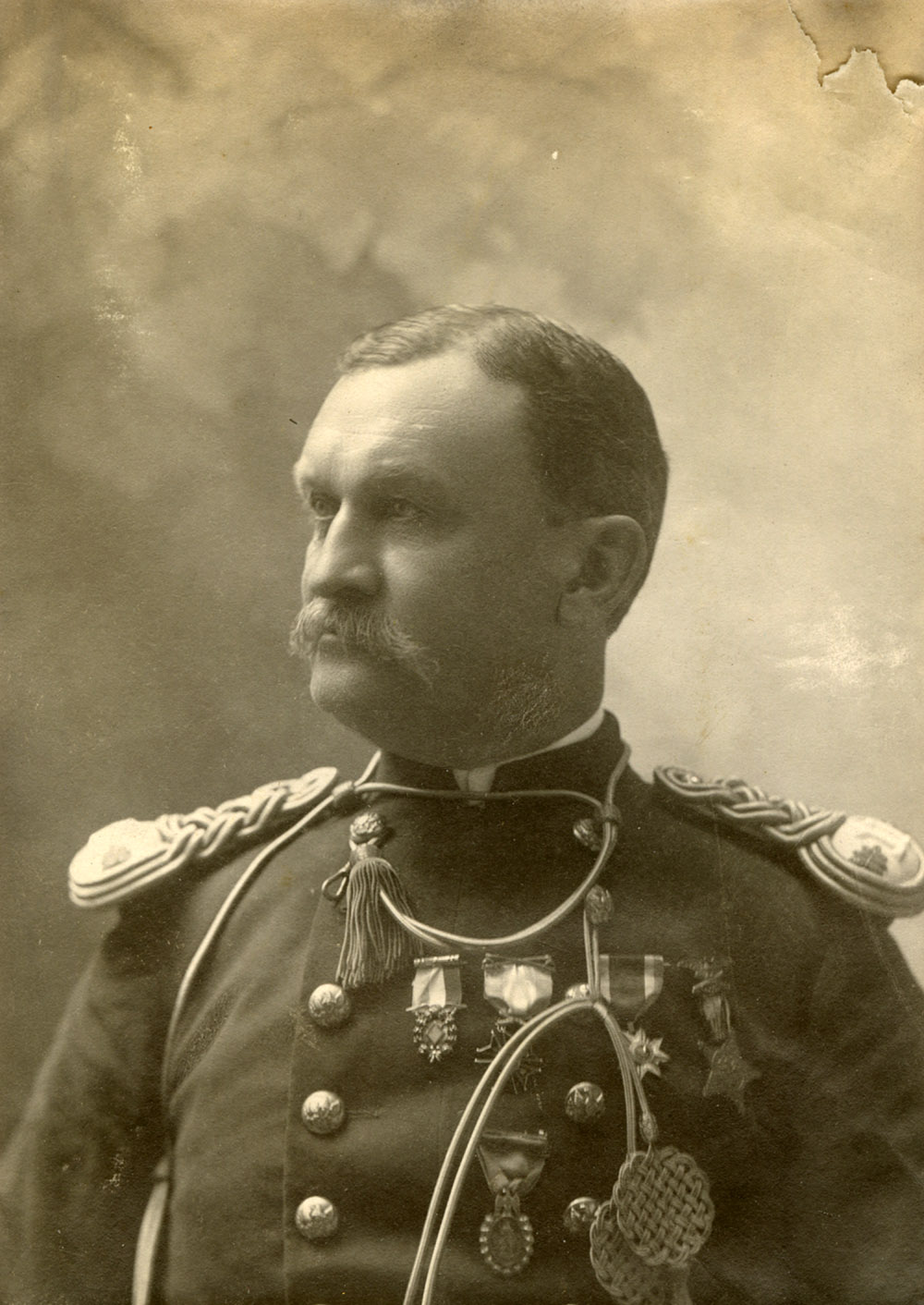

Map of the Service of Erasmus C. Gilbreath
Valparaso, Baltimore, Chicago, New York City, the battle fields of the Civil War, Mississippi during Reconstruction, the Texas frontier, the Dakotas, Arizona and finally Puerto Rico, Erasmas Corwin Gilbreath's service brought him and his family to the most developed and farthest outposts of 19th Century America.
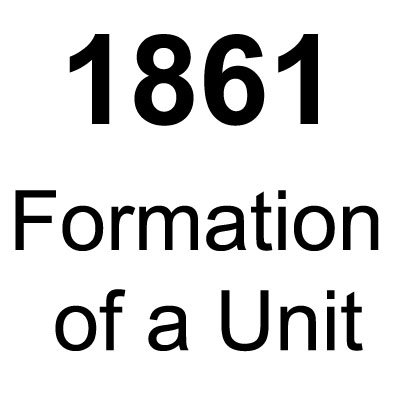
1861: The Start of the Civil War and the Raising of a Company
When President Lincoln called for volunteer militias to fight in the Union Army, Erasmus Corwin Gilbreath was one of the men who helped raise the 20th Indiana Volunteer Infantry Regiment.

Lieutenant Erasmus Corwin Gilbreath in Uniform
As an officer, Lieutenant Gilbreath procured his own uniform.
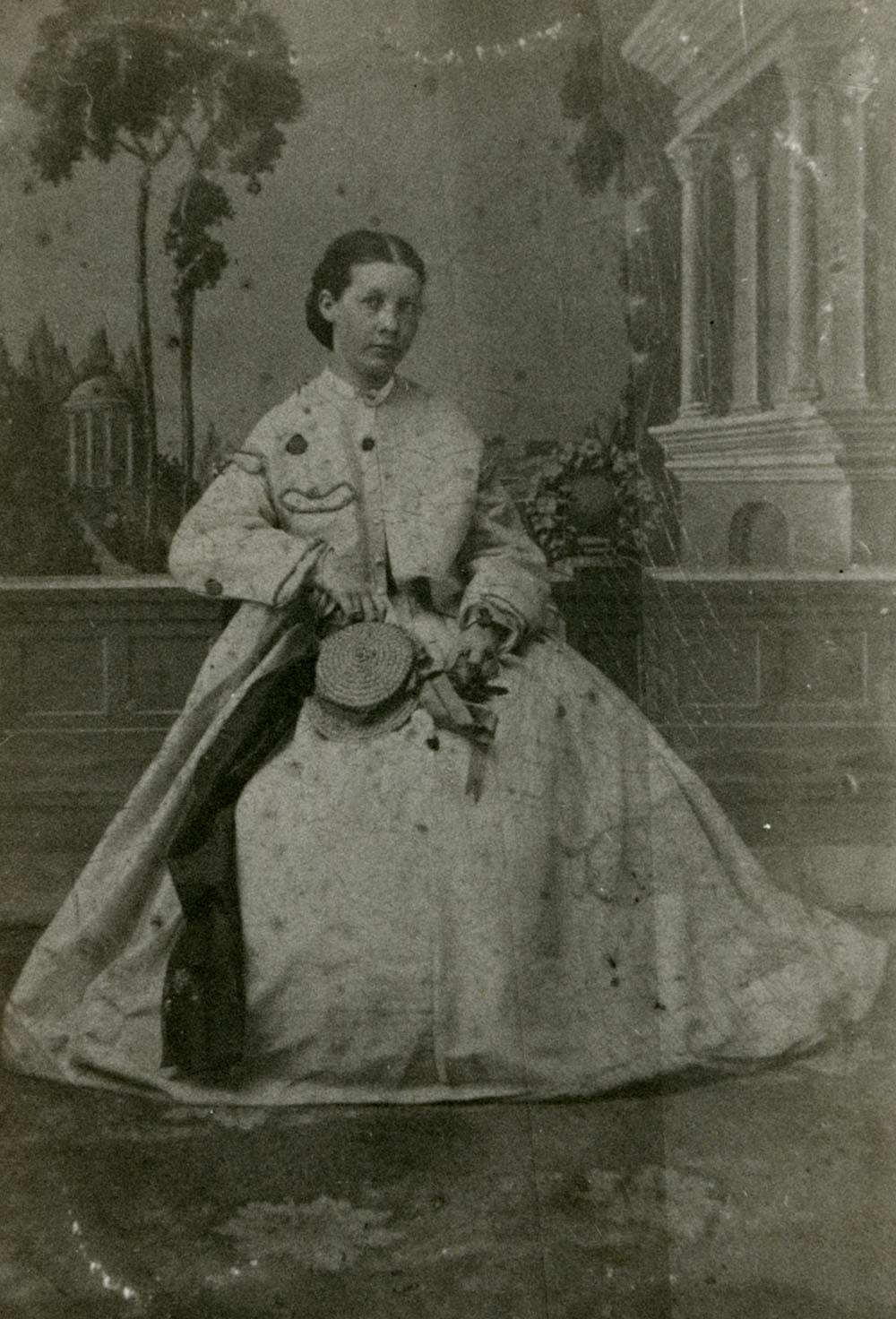
Susan Corse Gilbreath
Erasmus Corwin Gilbreath met his wife, Susan Corse, when stationed in Baltimore in 1861.
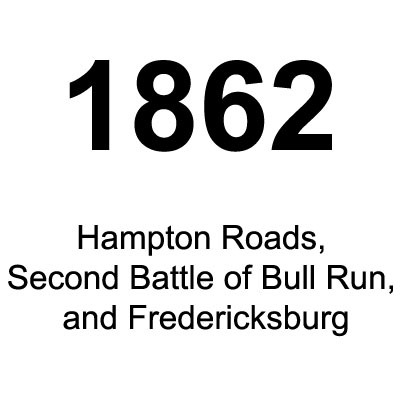
1862
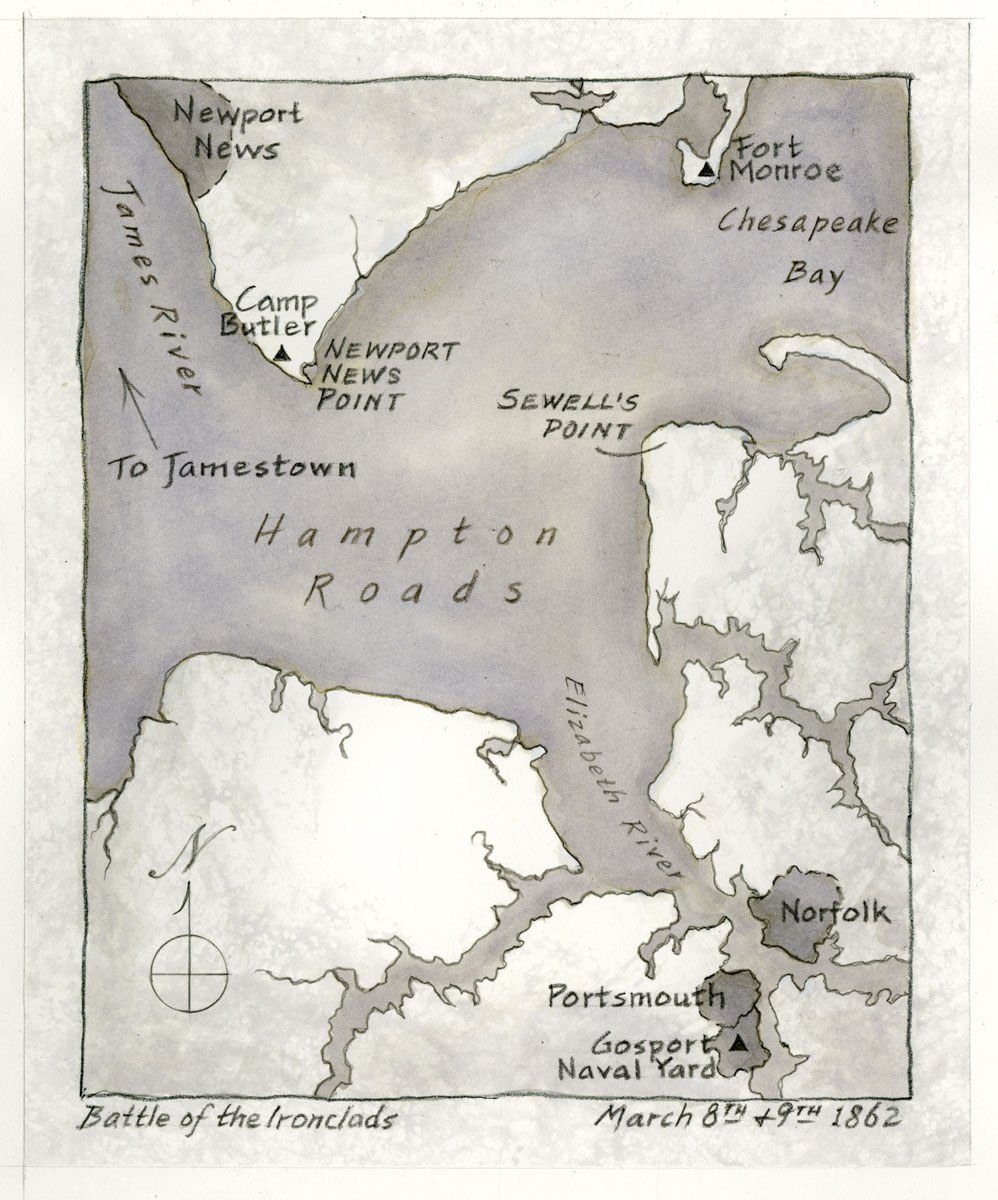
Battle of the Ironclads: The Most Important Naval Battle of the American Civil War
Camped at the water's edge, Gilbreath and the 20th Indiana Volunteer Infantry Regiment were witnesses to the Battle of the Ironclads.

Hampton Roads: The First Meeting in Combat of Ironclad Ships
The Virginia harbor known as Hampton Roads was the site of the first battle of American ironclad warships.
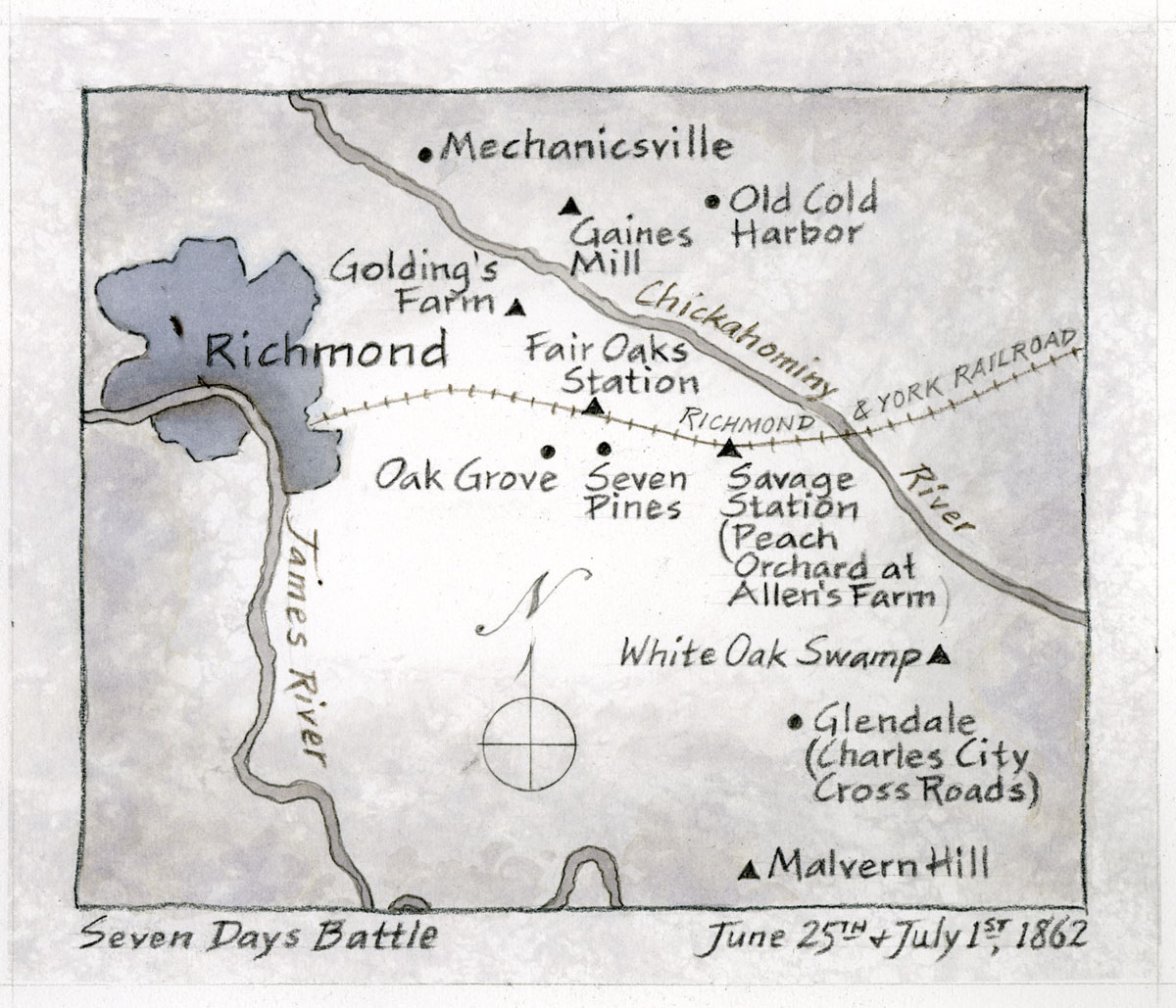
Seven Days Battle
The Seven Days Battle was Union General George McClellan's failed attempt to capture the Confederate capital of Richmond, Virginia.
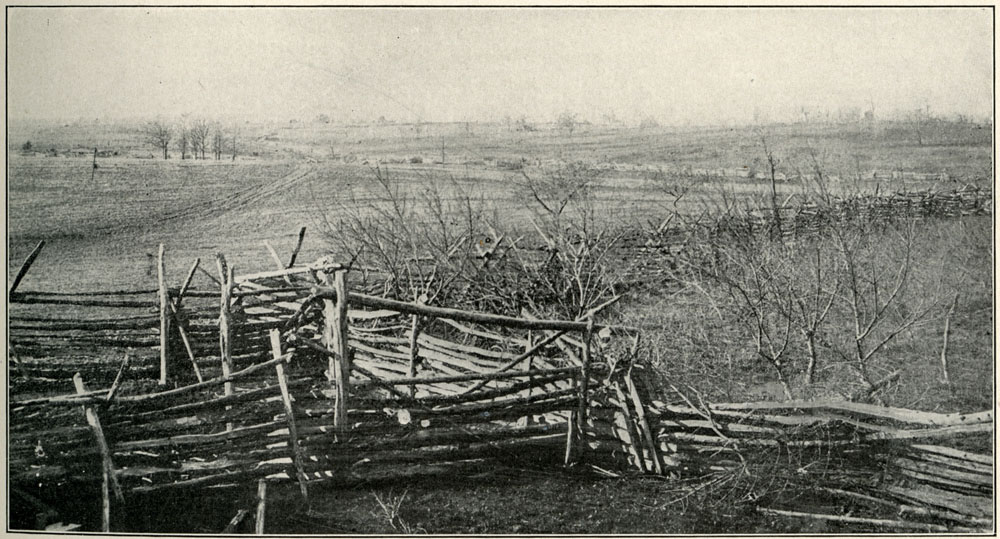
The Battle-Field of Second Bull Run (Manassas), August 29-30, 1862
Captain Erasmus Corwin Gilbreath and the 20th Indiana Volunteer Infantry Regiment were sent to reinforce the Army of Virginia before the Second Battle of Bull Run.
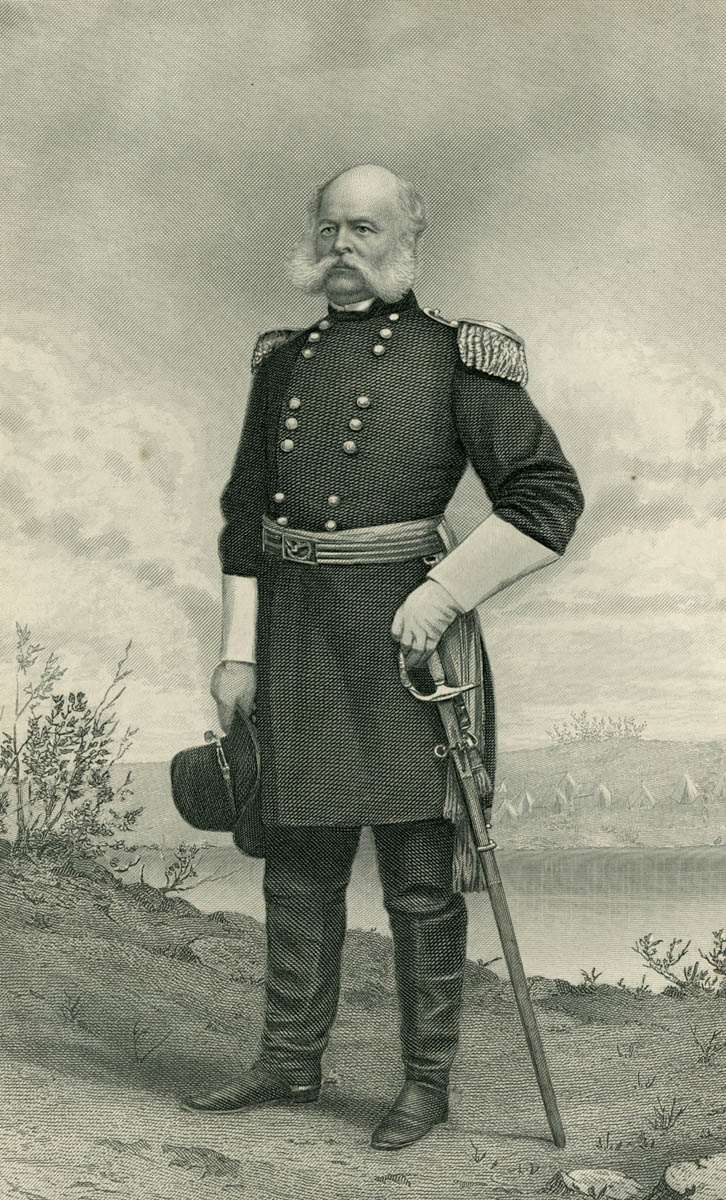
General Ambrose Burnside: The New Commander of the Army of the Potomac
General Ambrose Burnside was assigned to replace General McClellan as the commander of the Army of the Potomac after its devistating loss in the Second Battle of Bull Run.
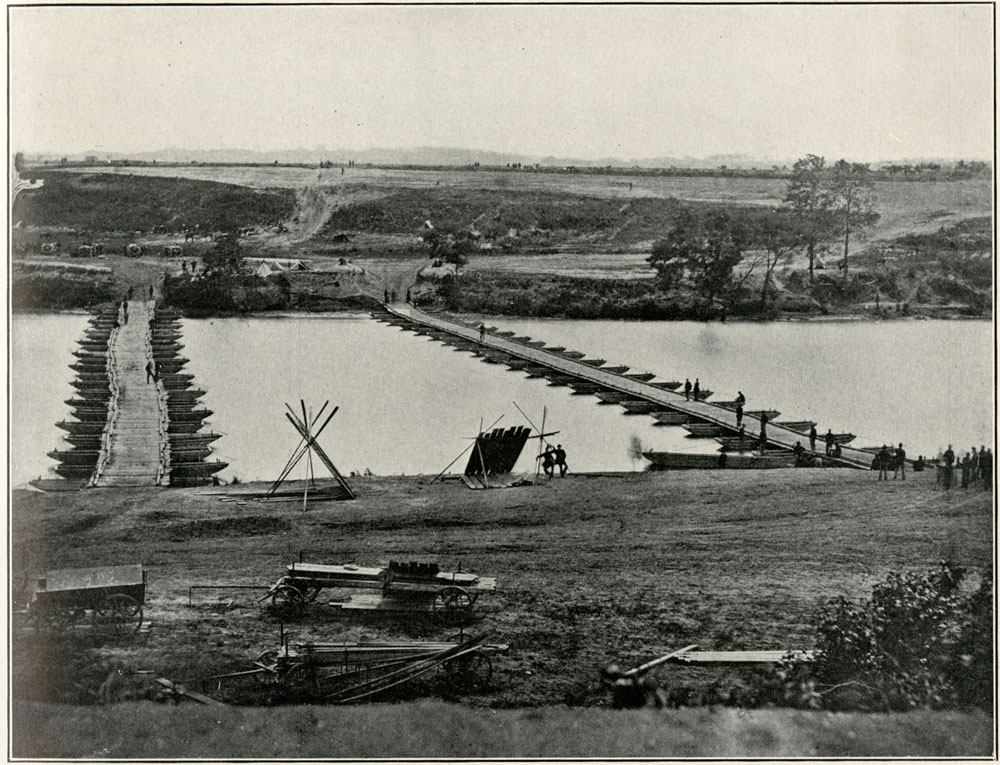
The Union Plan to Take Fredericksburg: The Bridges that a Band of Music Threatened
After taking command of the Army of the Potomac, General Burnside executed his plan to take Fredericksburg, but late arrival of pontoons to cross the Rappahannock River prevented Union seizure of Fredericksburg.
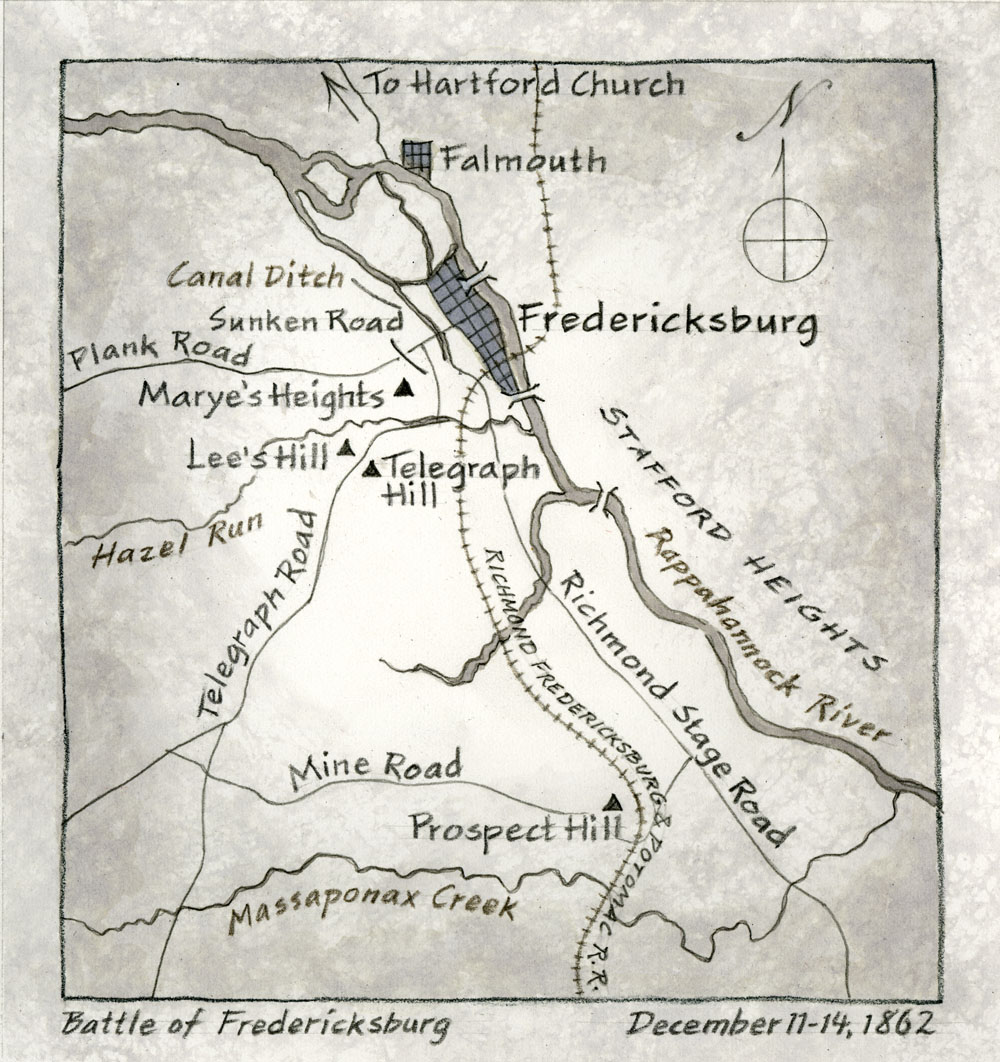
Battle of Fredericksburg
After the Union army finally crossed the Rappahannock River, Union and Confederate forces met in Fredericksburg, Virginia.
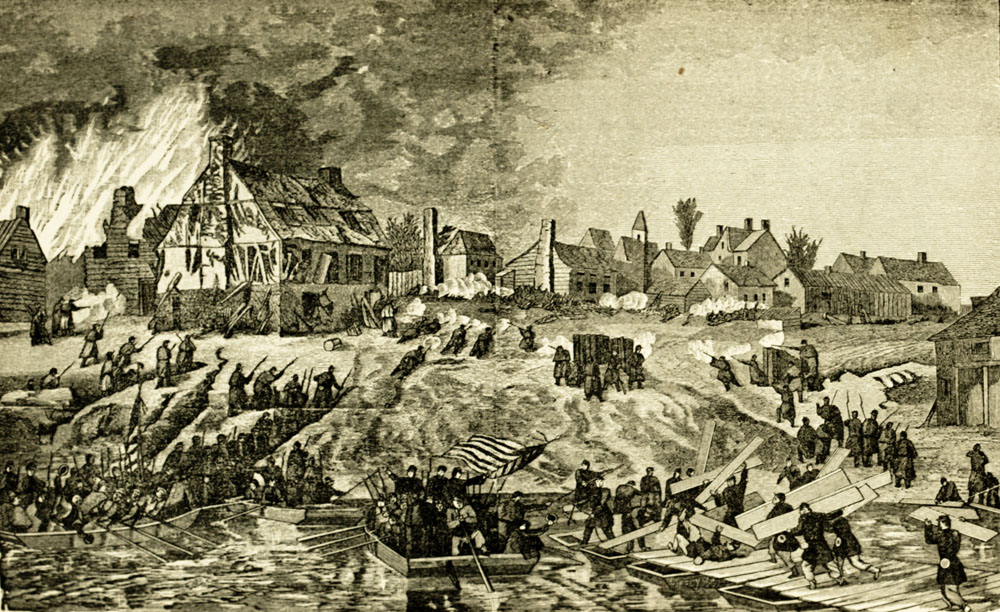
The Battle of Fredericksburg
Due to the months long delay in the Union Army crossing the Rappahannock River, the Confederate Army was able to build up forces in Fredericksburg.
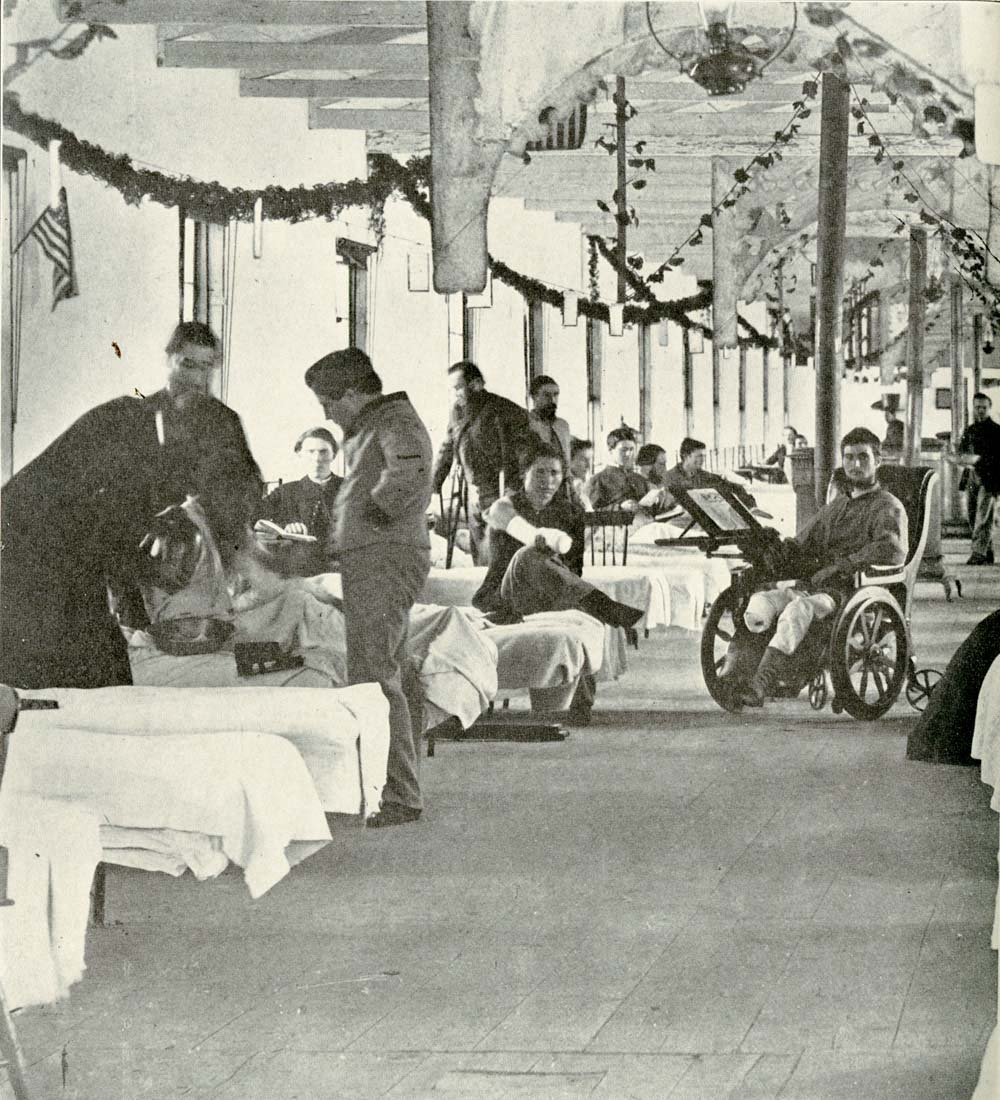
The Wounded of the Battle of Fredericksburg: National Pension Roll
Over 10,000 Union and Confederate soldiers, including Captain Erasmus Corwin Gilbreath, were wounded in the Battle of Fredericksburg.
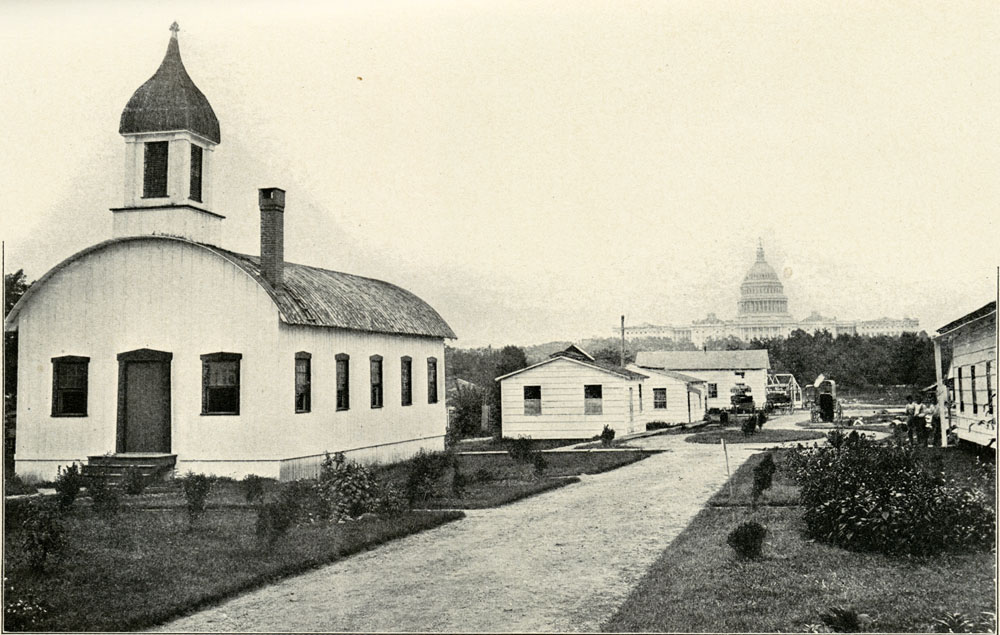
Armoury Square Hospital
While recuperating in a hospital from his injury at the Battle of Fredericksburg, Captain Erasmus Corwin Gilbreath and other wounded were visited by patriotic women and politicians.
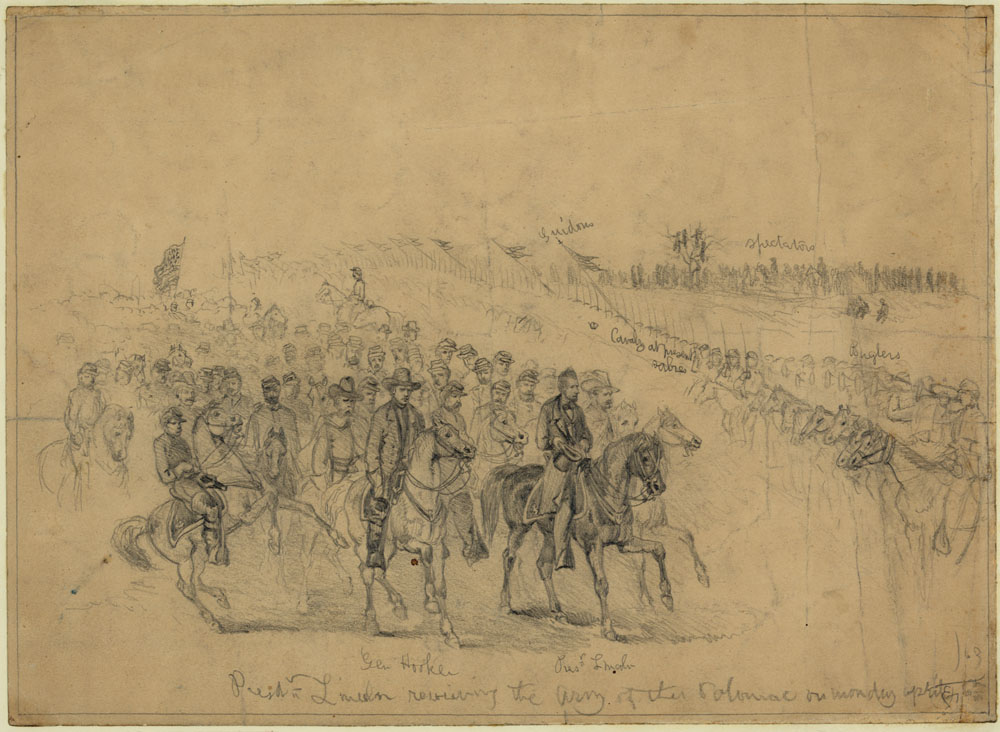
President Lincoln reviewing the Army of the Potomac on Monday, April 6, 1863
President Abraham Lincoln carried out inspections of the Army of the Potomac in April 1863, including Captain Erasmus Corwin Gilbreath's regiment.
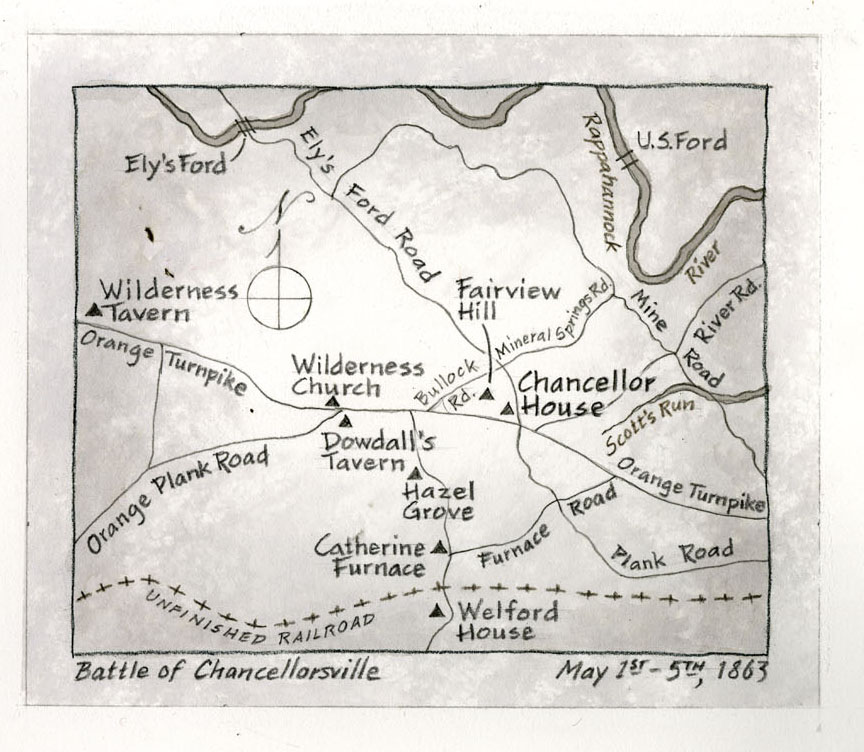
Battle of Chancellorsville
Now under the command of General Joseph Hooker, the Army of the Potomac once again attempted to reach the Confederate capital of Richmond, Virginia.
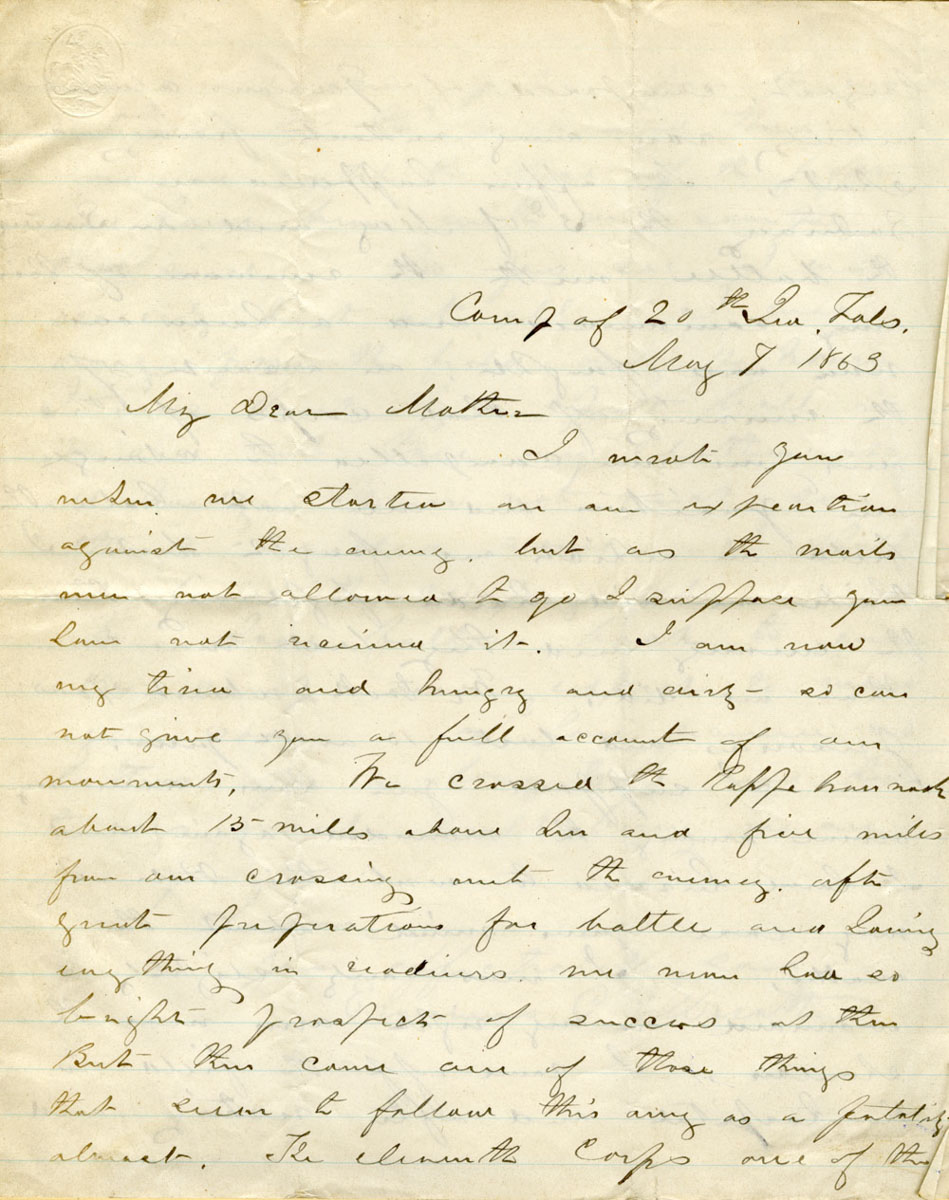
My Dear Mother
Erasmus Corwin Gilbreath wrote to his mother following the humilitating Union defeat in the Battle of Chancellorsville.

Battle of Gettysburg-Final Charge of the Union Forces at Cemetery Hill
Following his victory in the Chancellorsville Campaign, Confederate General Robert E. Lee made the ambitious decision to invade the North. Hoping to capitalize on the high spirits of his army, Lee headed into Pennsylvania.

Battle of Gettysburg-Final Charge of the Union Forces at Cemetery Hill
Following his victory in the Chancellorsville Campaign, Confederate General Robert E. Lee made the ambitious decision to invade the North. Hoping to capitalize on the high spirits of his army, Lee headed into Pennsylvania.
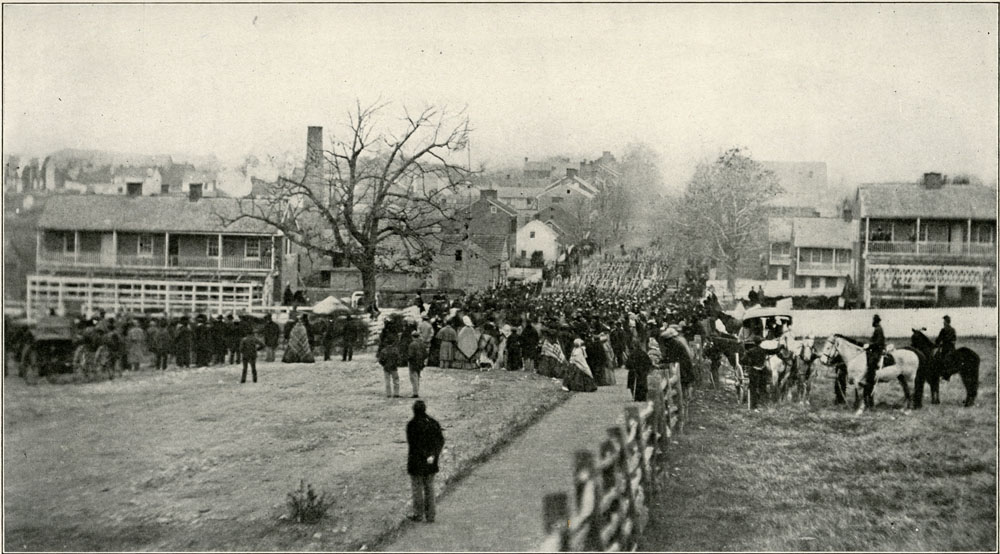
Where Stirring Deeds Brought Forth Immortal Words
In November, 1863, President Abraham Lincoln gave his famous Gettysburg Address as part of the dedication ceremony of the Soldiers’ National Cemetery.
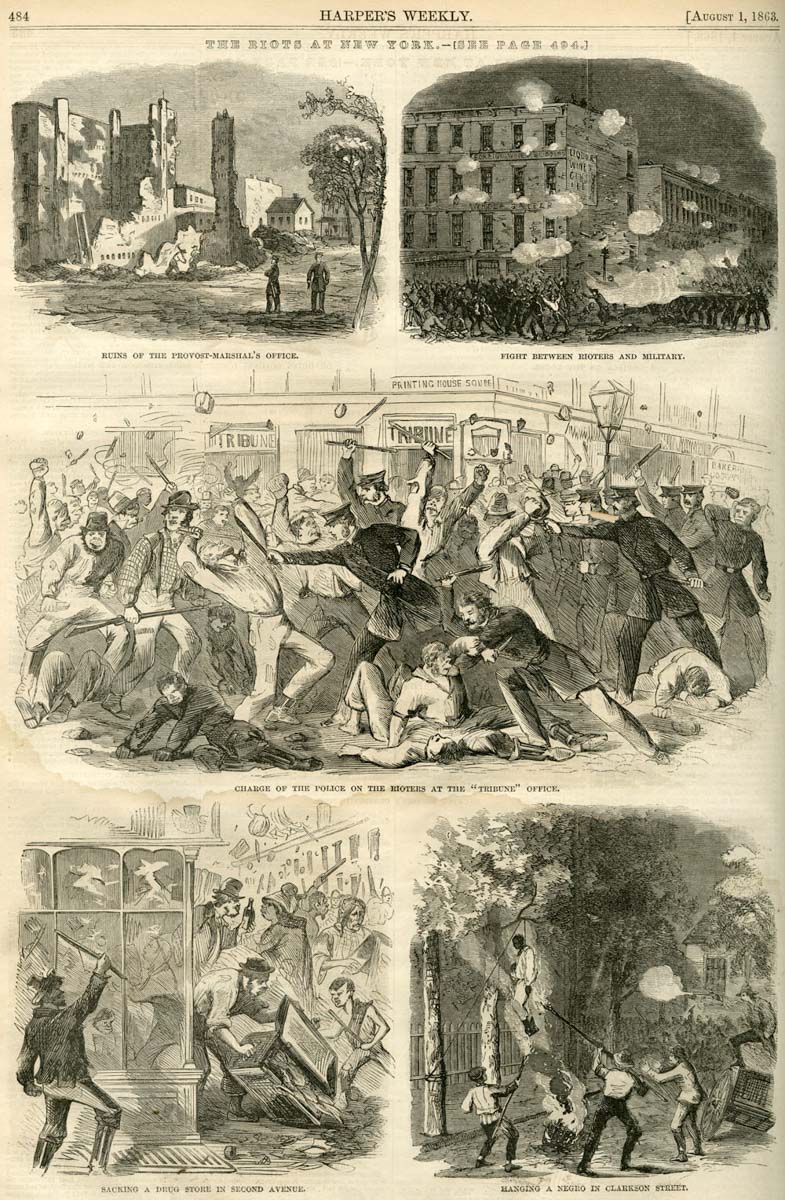
The Enrollment Act Riots in New York
After draft riots in New York City devolved into violent mobs, the 20th Indiana Volunteer Regiment was sent to enforce the draft in the city.
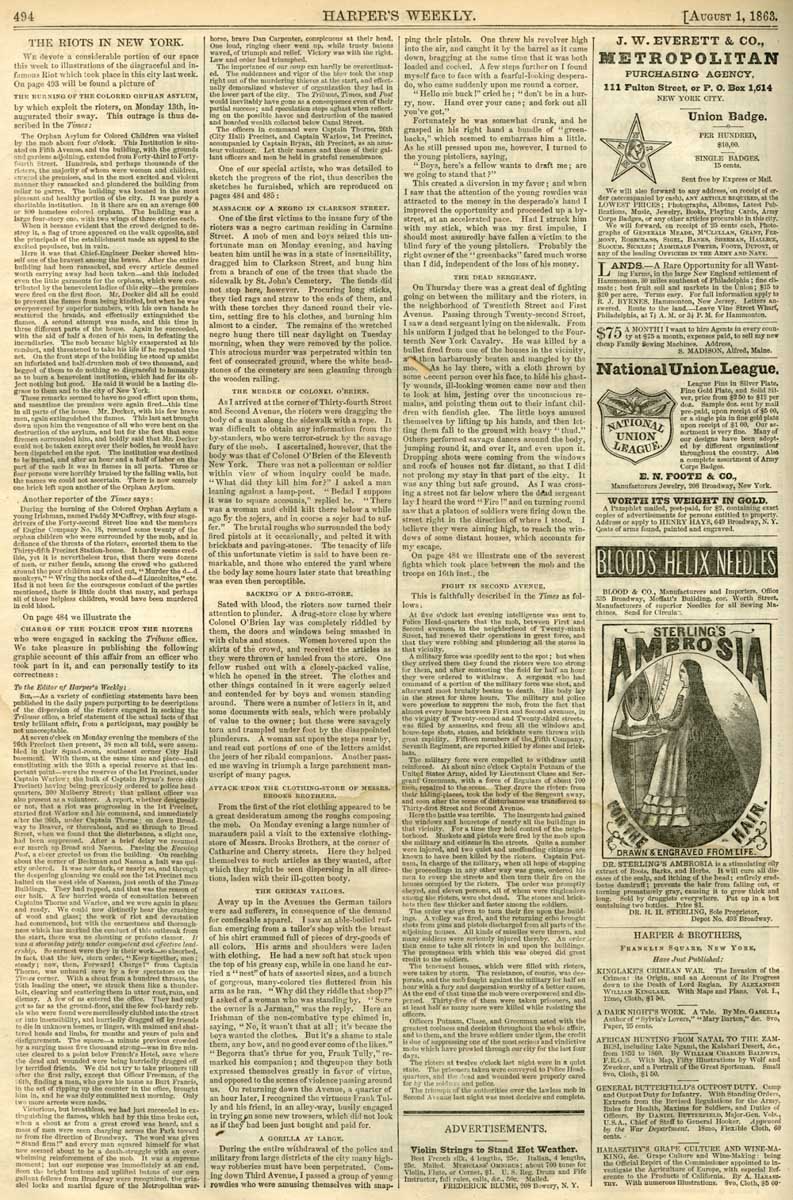
The Enrollment Act of 1863

1864
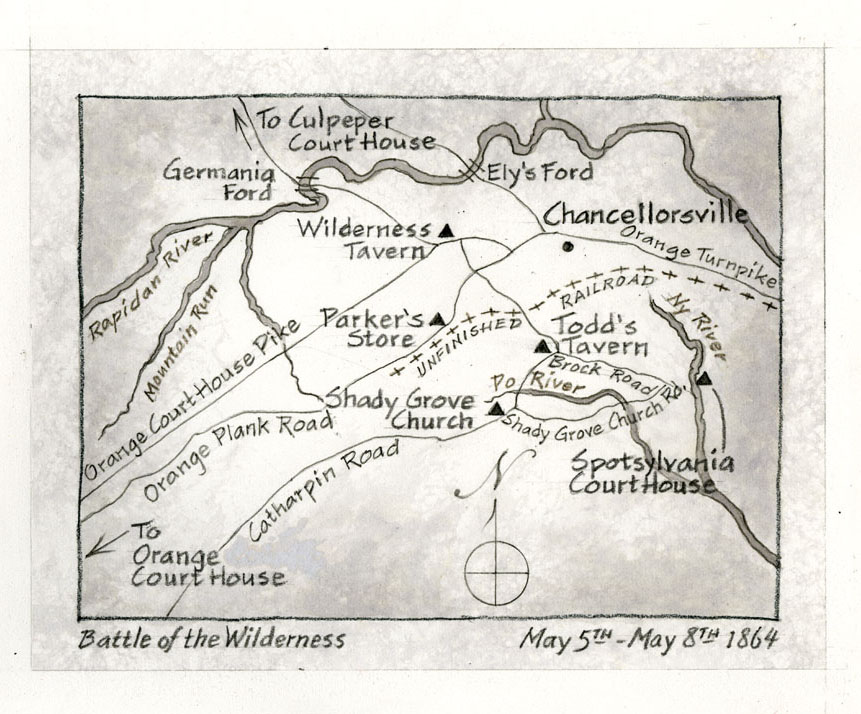
Battle of the Wilderness
The Army of the Potomac’s push toward capturing the Confederate capital of Richmond, Virginia began in early May, 1864 with the Battle of “The Wilderness.”

The Tangled Battlefield of the Wilderness
In the spring of 1864, the 20th Indiana Volunteer Infantry Regiment first encountered the Confederate Army in an area known as “The Wilderness”.

Fighting in the Wilderness
The 20th Indiana Volunteer Infantry Regiment suffered 19 killed and 105 wounded in “The Wilderness.”

The Carnage of Bloody Angle during the Battle of Spotsylvania
Erasmus Corwin Gilbreath and the 20th Indiana Volunteer Infantry Regiment fought in the 18 hour "slugfest" known as the "bloody angle."

Siege of Petersburg
The 20th Indiana Volunteer Infantry Regiment participated in the 10 month Siege of Petersburg.
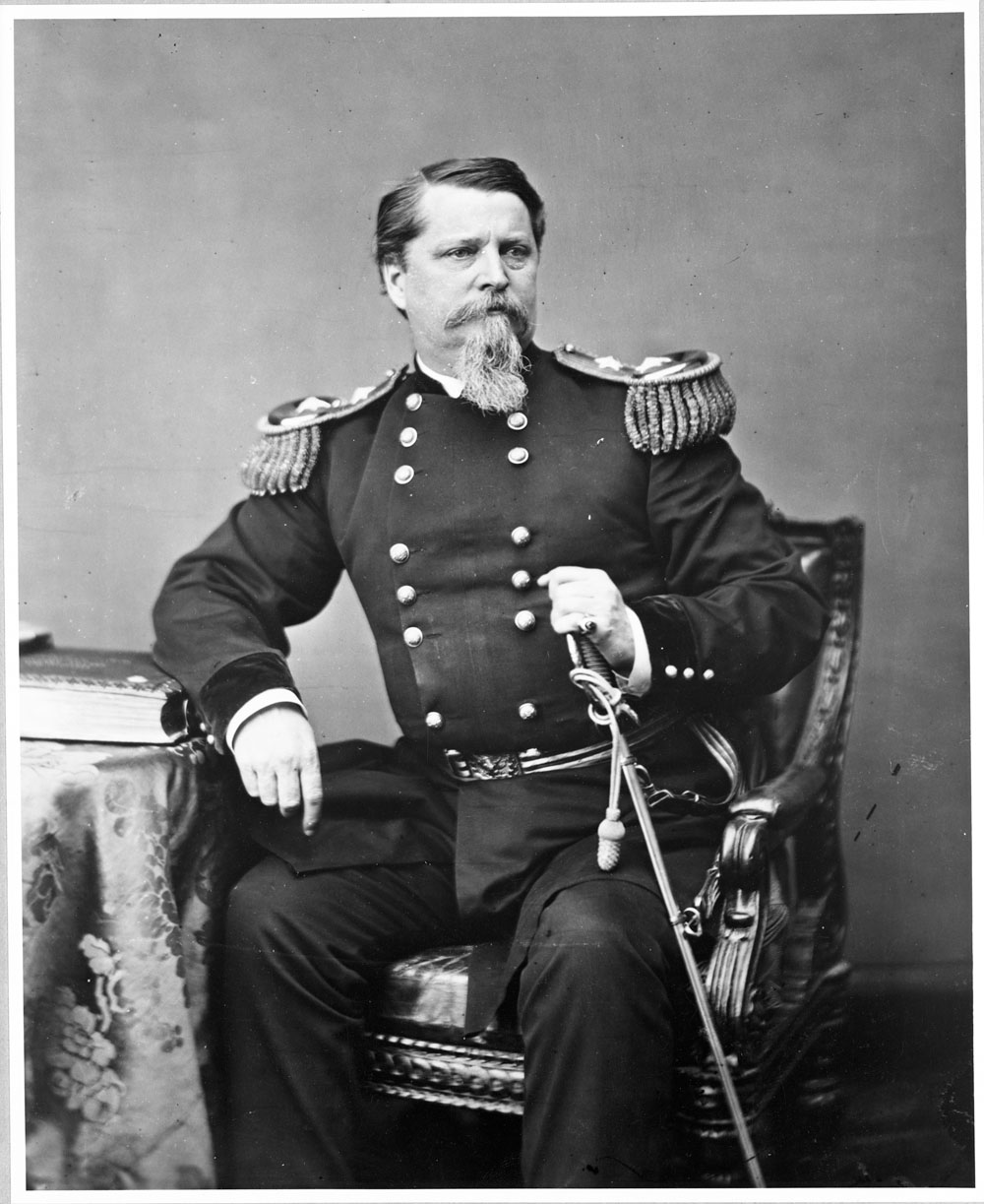
General Winfield Scott Hancock - Commander of the Second Corps during Gettysburg and Commander of the First Veteran's Corps
On February 14, 1865, Gilbreath rejoined the Union Army and was appointed Lieutenant Colonel in General Winfield Scott Hancock’s First Veterans Corps.

1866
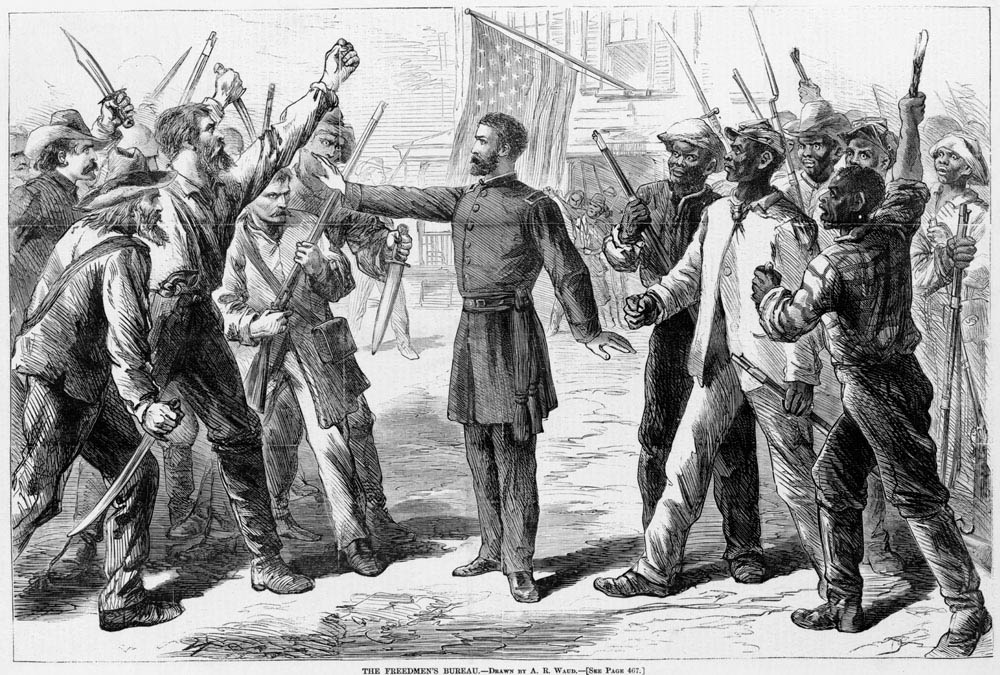
Freedmen’s Bureau during the Reconstruction Era in the Southern States
Erasmus Corwin Gilbreath, as part of his military duties, was made a Commissioner of the Freedmen’s Bureau in Mississippi.
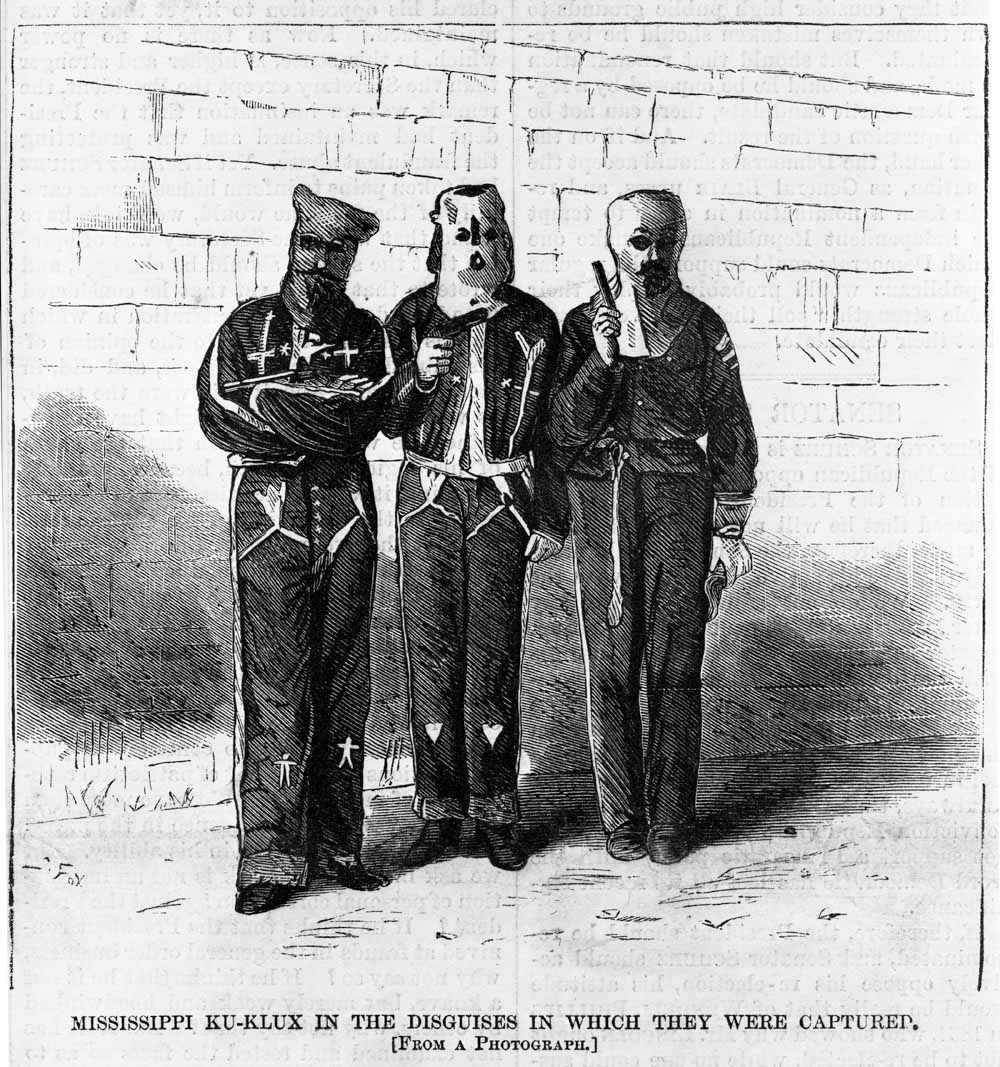
Managing Hostility in the Southern States: Mississippi Ku-Klux in the Disguises in which They Were Captured
During his tenure as a Commissioner of the Freedmen’s Bureau, Erasmus Corwin Gilbreath encountered the Ku Klux Klan.

Reconstruction in Montgomery County, Texas
Assigned to Montgomery County, Texas in 1869, 1st Lieutenant Erasmus Corwin Gilbreath took charge of reconstruction efforts there.
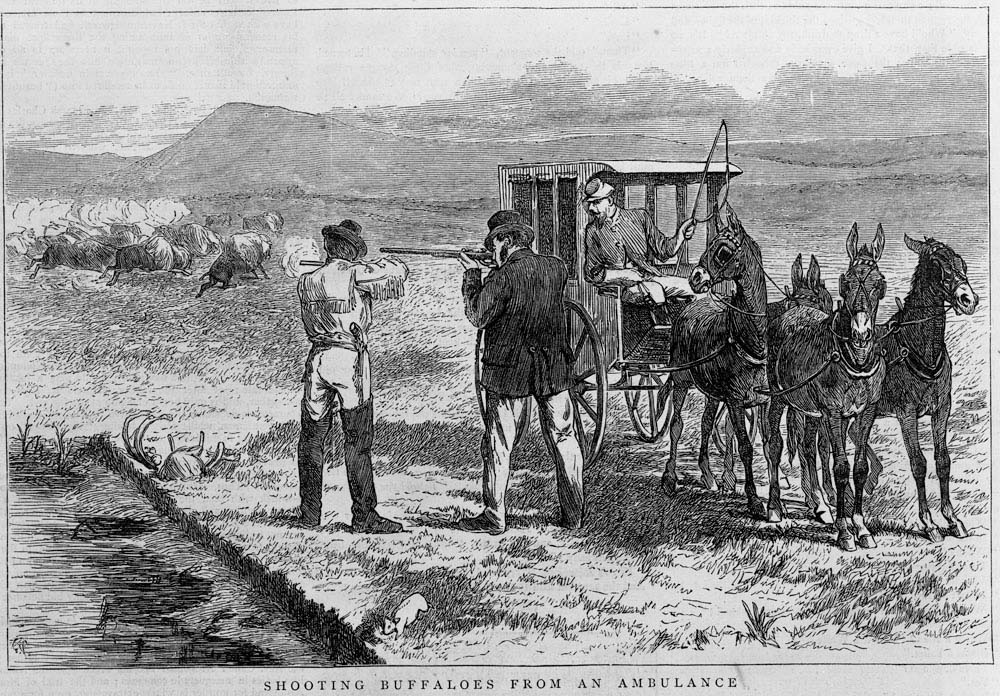
Shooting Buffaloes from an Ambulance En Route to Fort Griffin, Texas
When 1st Lieutenant Erasmus Corwin Gilbreath relocated to Fort Griffin, Texas, in 1871, he was truly moving to the western frontier inhabited by buffalo, Native Americans, cowboys, and gamblers.
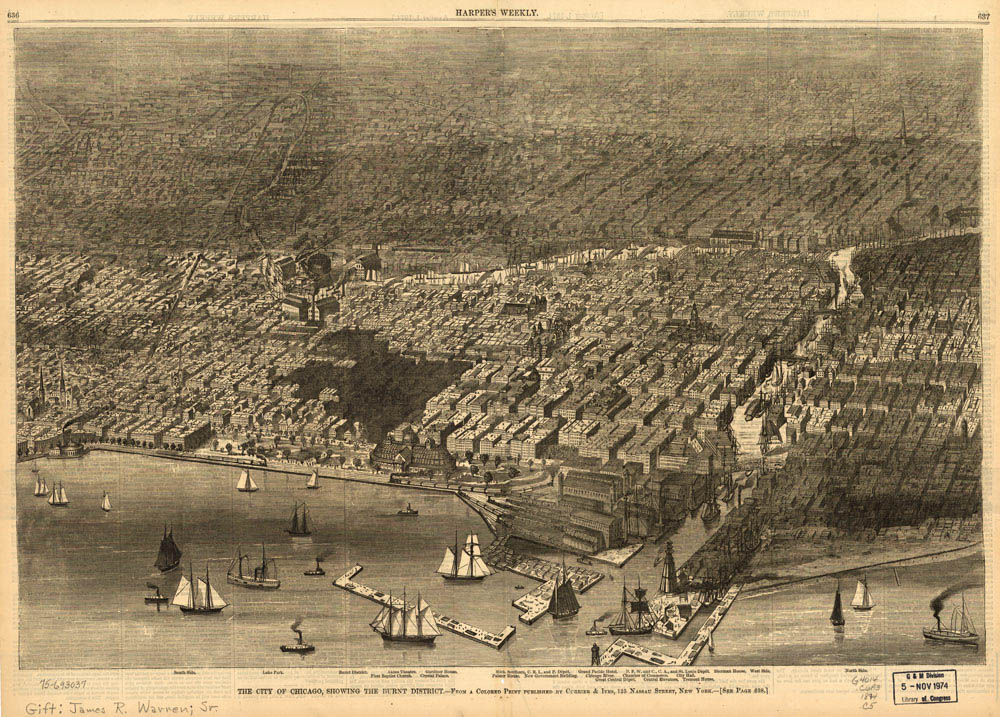
City of Chicago, Showing the Burnt District following the Second Great Chicago Fire
In 1874, during Erasmus Corwin Gilbreath’s recruiting service duties in Chicago, he was promoted to Captain and was witness to the city's second great fire

Map of the Burned District from Chicago's Second Great Fire
Though smaller than the famous Chicago fire, the 1874 fire in downtown Chicago caused enough damage to be the subject of news throughout the United States.
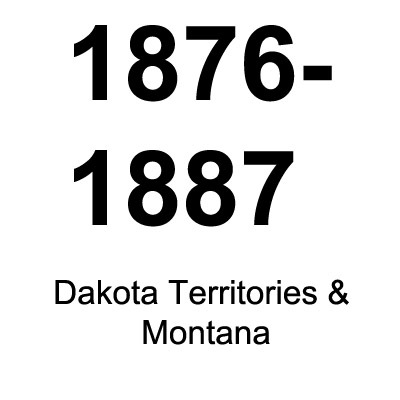
1876-1887
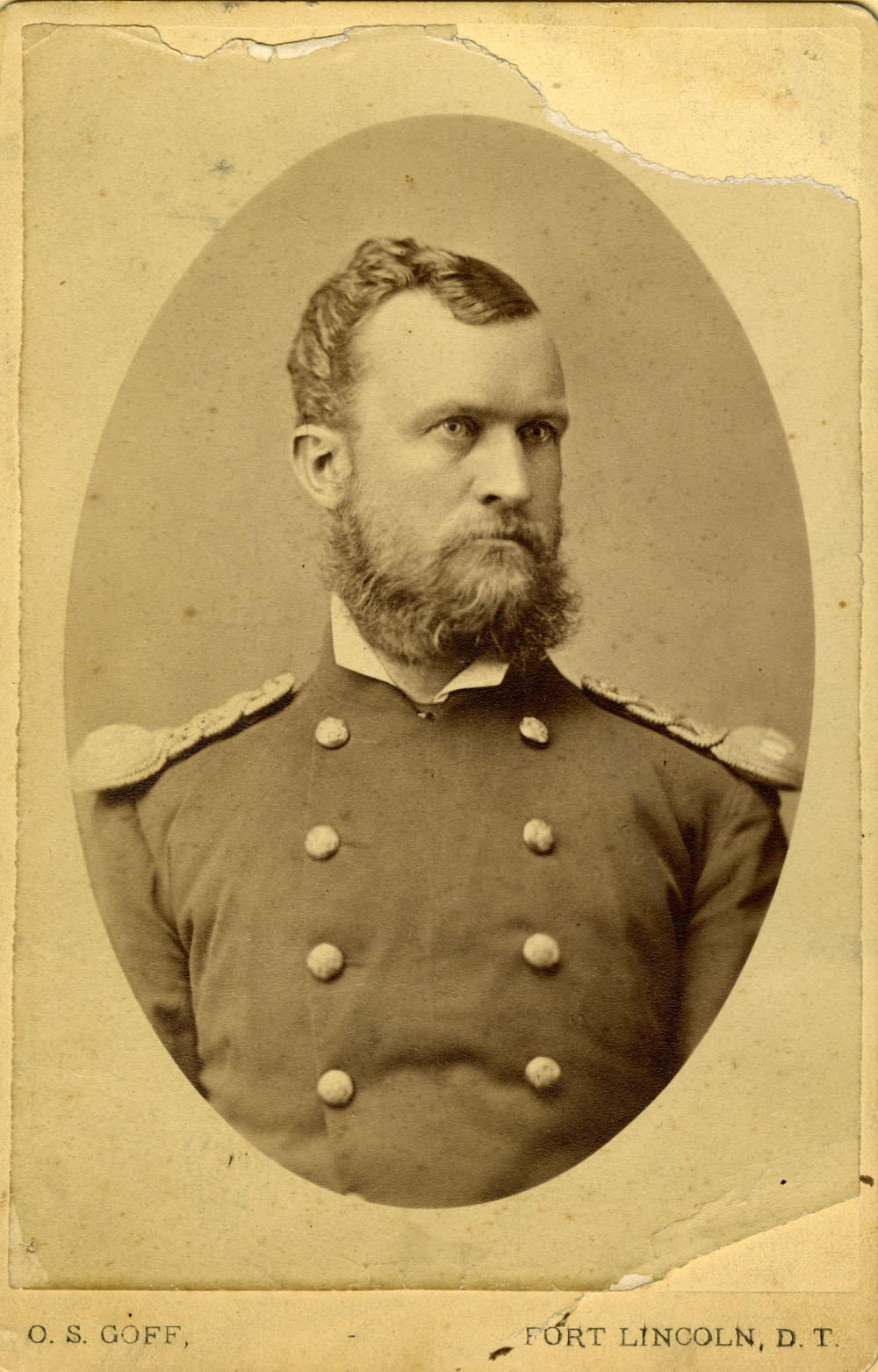
William Sydnor Gilbreath III Family Scrapbook
After the Battle of Little Big Horn, Captain Erasmus Corwin Gilbreath's company was sent to the Dakota Territory.
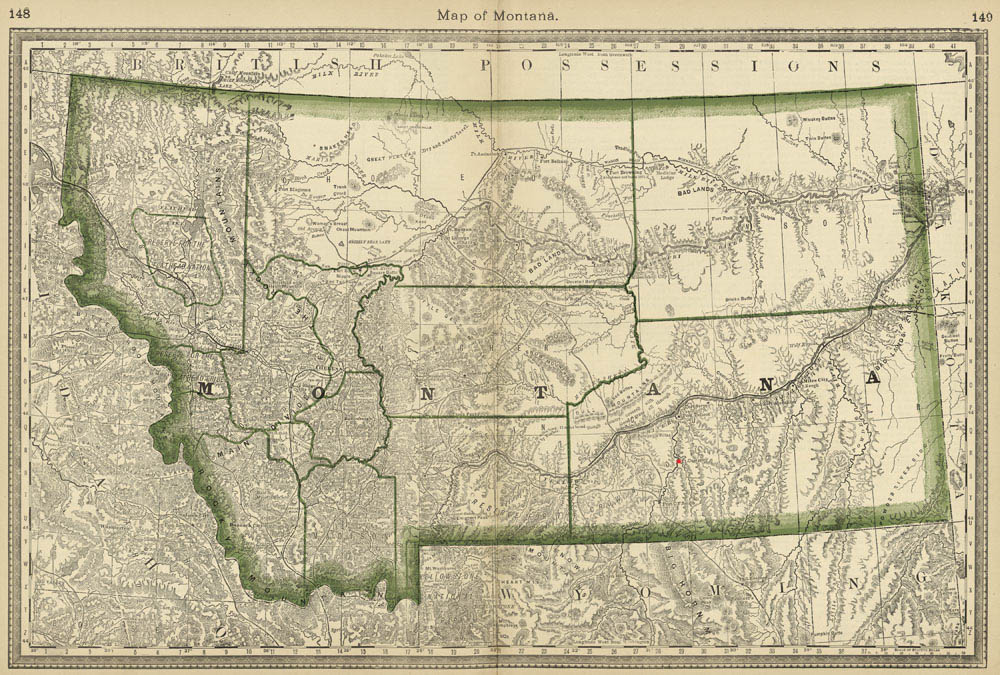
Montana during the War with Plains Native American Tribes
After being stationed at Fort Abraham Lincoln, Captain Erasmus Corwin Gilbreath was tasked to the building of Fort Custer in Montana.
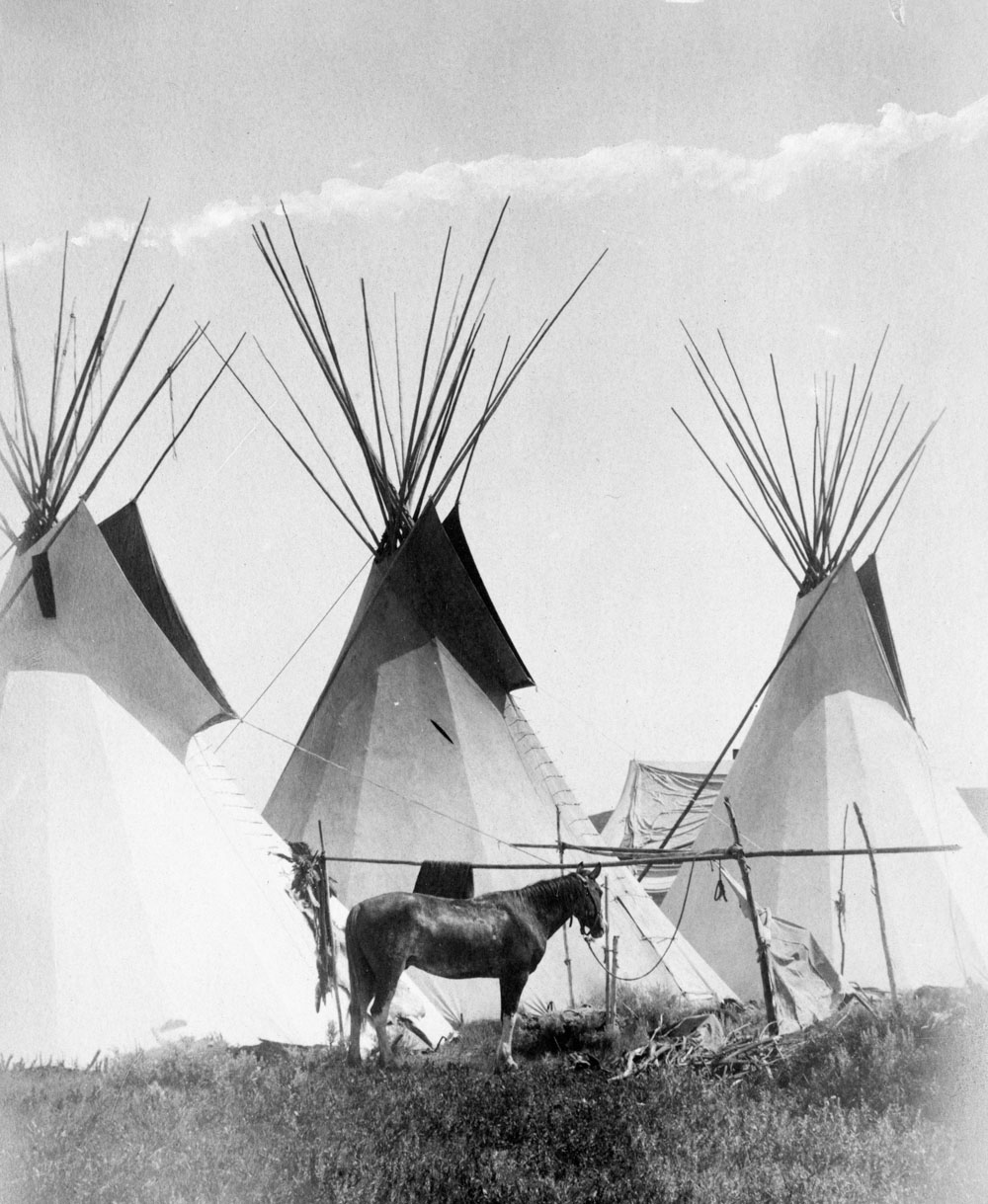
The Crow Agency at Fort Custer
In 1879, Captain Eramsus Corwin Gilbreath was appointed inspector of supplies for the Crow Agency in Montana.
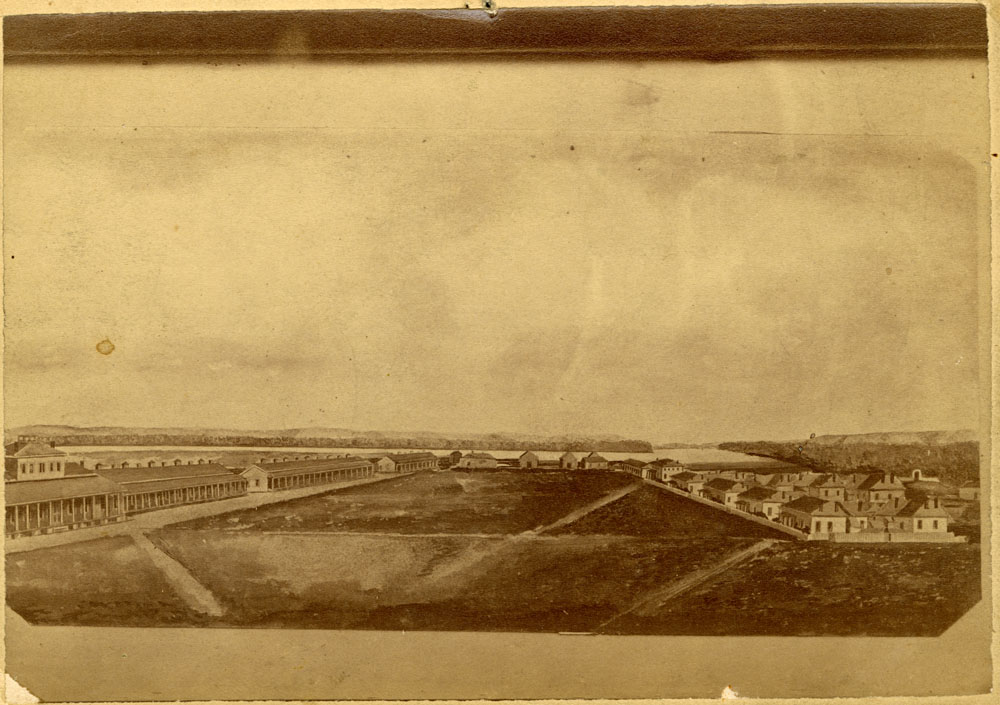
Returning to Service at Fort Buford, Dakota Territory
After a yearlong leave of absence, Gilbreath returned to his unit in Fort Buford in the Dakota Territory.
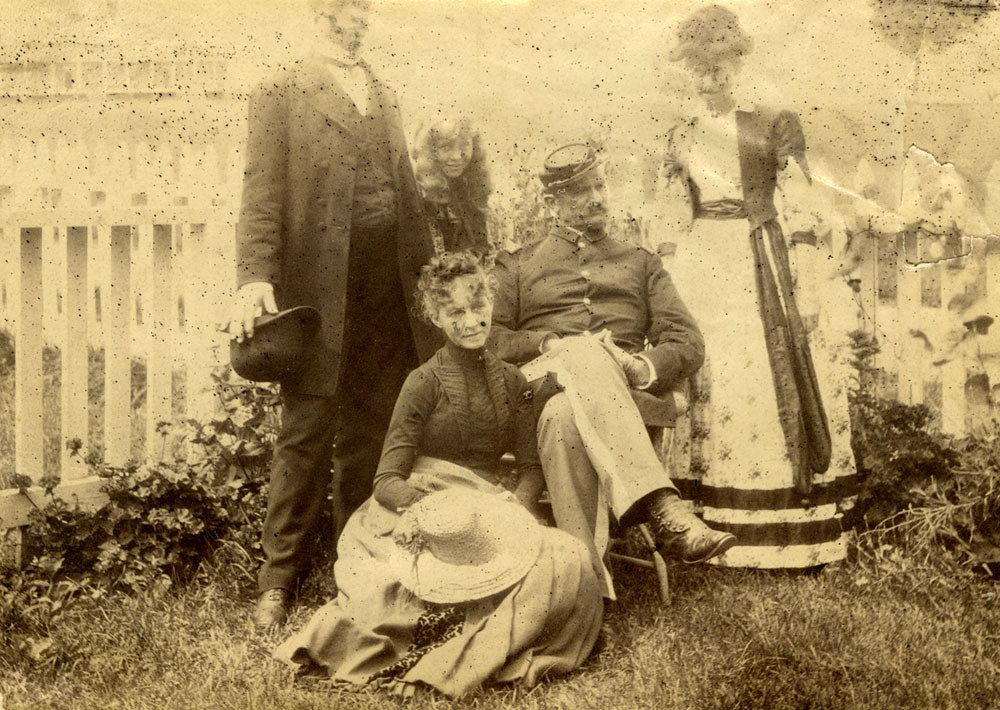
Only Know Photo of the Whole Gilbreath Family
This is the only known photo of the entire Gilbreath family.
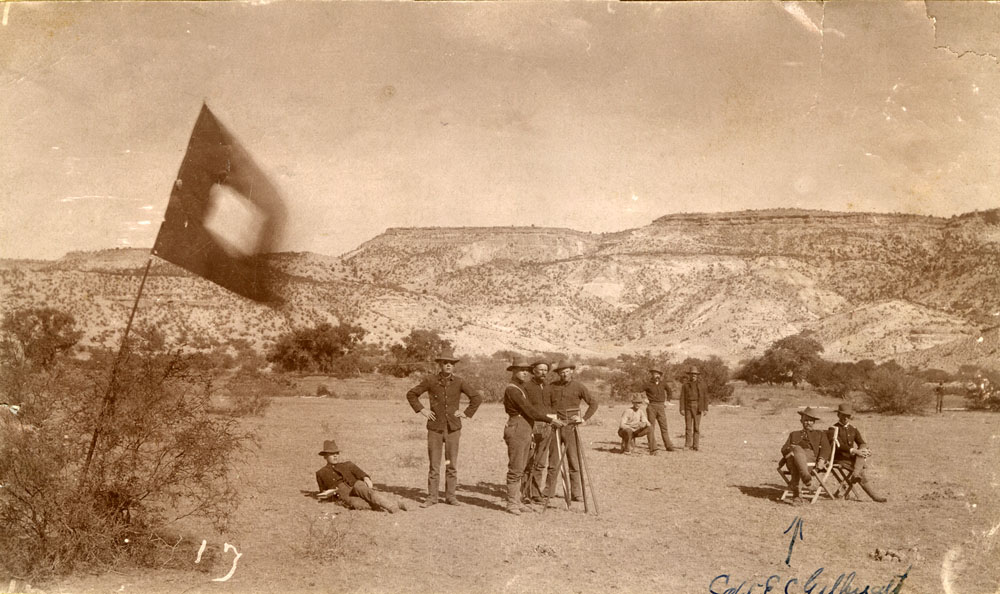
Erasmus Corwin Gilbreath and Son-in-Law Oliver Edwards in the Arizona Territory
In fall 1891, Captain Erasmus Corwin Gilbreath was ordered to Arizona Territory. His son-in-law, Oliver Edwards, served with him in the 11th Infantry.
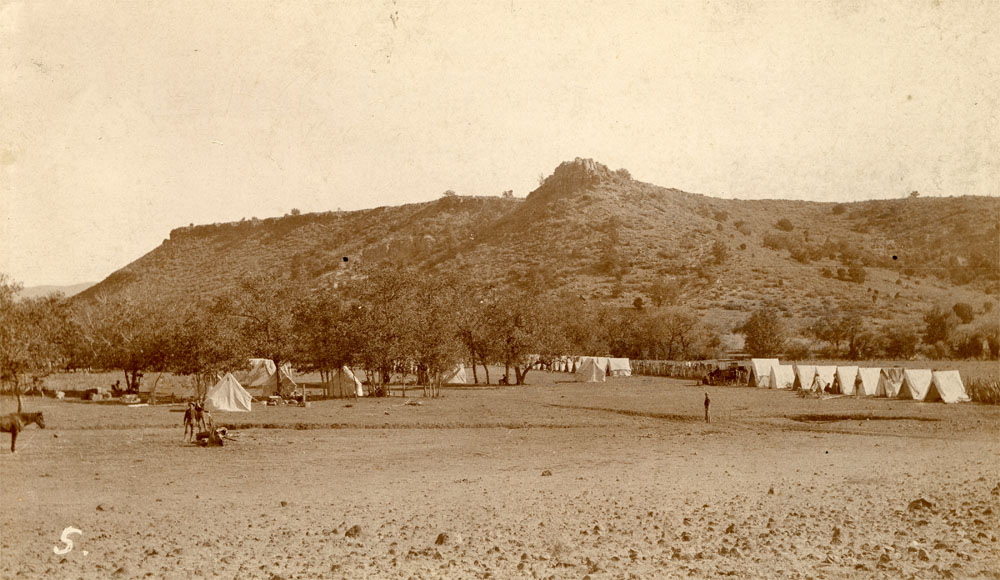
Arizona Territory Camp
The Arizona Territory was another rough and difficult assignment for Gilbreath and his family.

Gilbreath family's home at Whipple Barracks in the Arizona Territory

Sitting Room of the Gilbreath Family Home at Whipple Barracks, Arizona Territory
Gilbreath, his wife Susan, and his two daugthers enjoyed life together at Whipple Barracks, Arizona Territory.
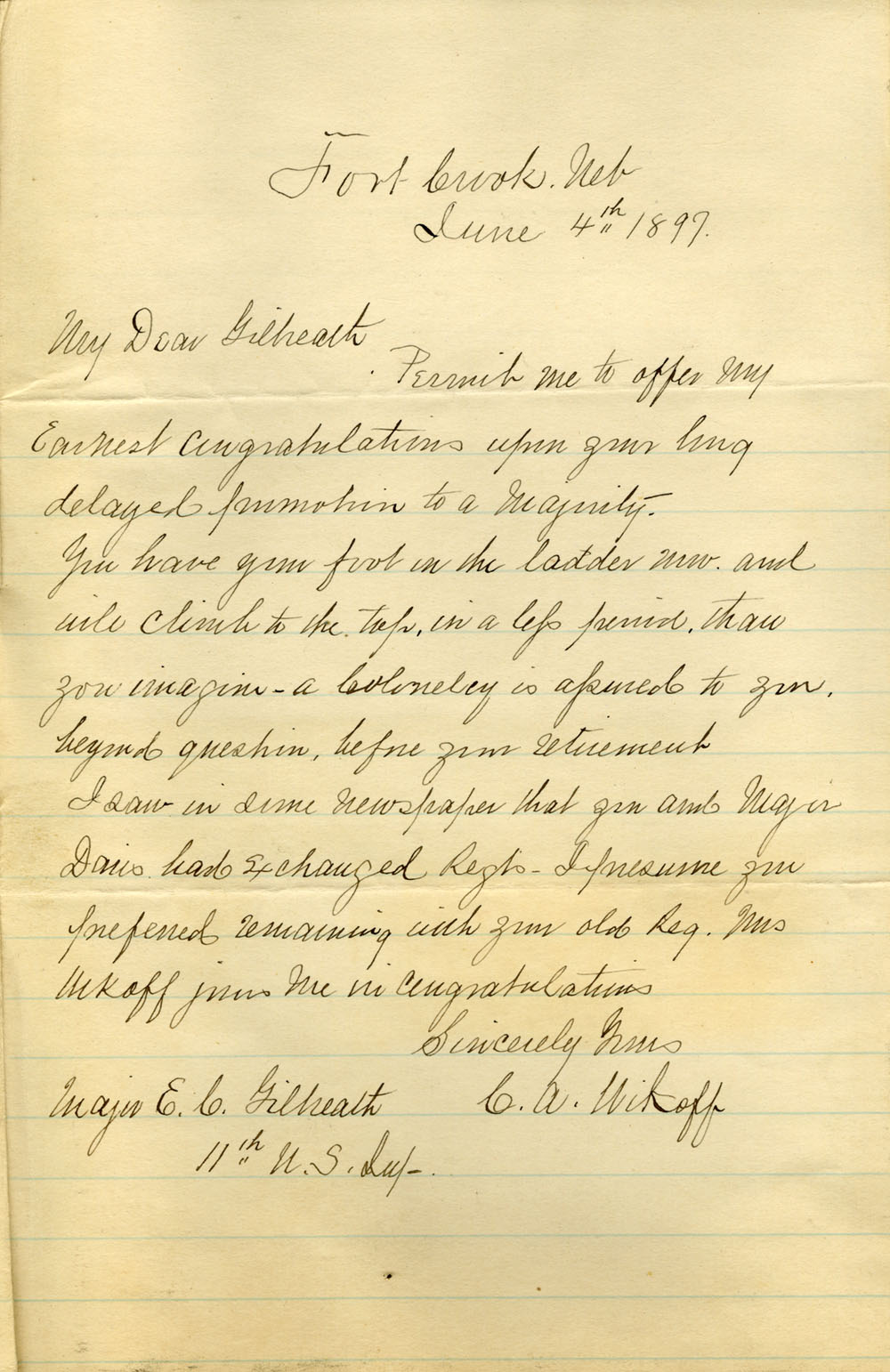
Congratulatory Letter from Colonel Charles A. Wikoff
Colonel Charles A. Wikoff letter of congratulations to Gilbreath for his promotion to Major in the Army.

The Brink of the Spanish-American War, Sunken Remains of USS Maine
Following the sinking of USS Maine in the Havana Harbor, the United States declared war on Spain.
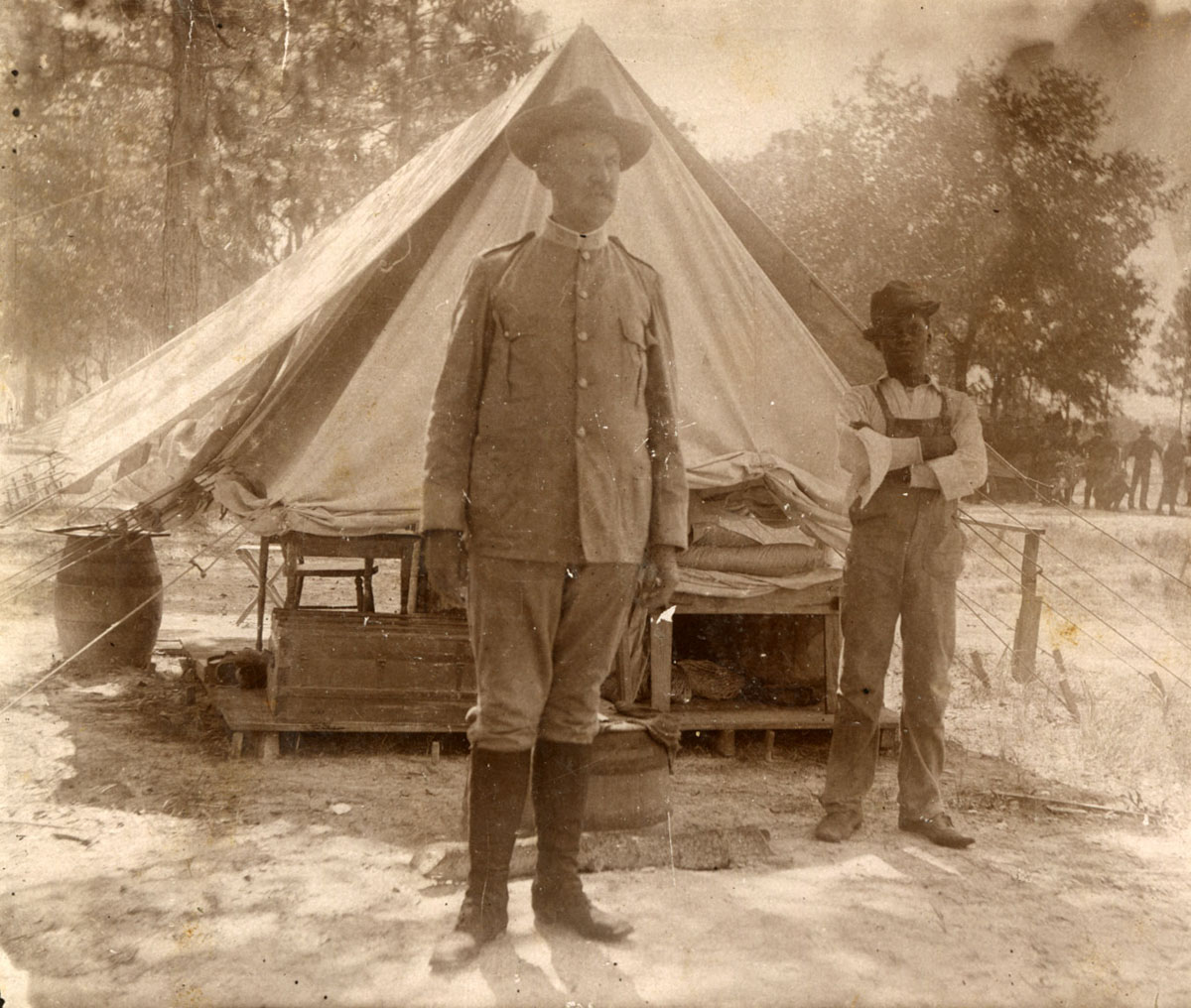
Major Erasmus Corwin Gilbreath in the 11th Infantry
Following the declaration of war on Spain, Major Gilbreath received orders to mobilize the 11th Infantry in Tampa, Florida before deploying to Puerto Rico.

Major Erasmus Corwin Gilbreath and Lieutenant Oliver Edwards
Gilbreath's son-in-law, Lieutenant Oliver Edwards, accompanied Major Gilbreath to Florida as an officer in the 11th Infantry.

Major Gilbreath and Fellow Officers of the 11th U.S. Infantry
Arriving in Puerto Rico on August 2, 1898, the 11th Infantry engaged the Spanish ner the town of Mayaguez.
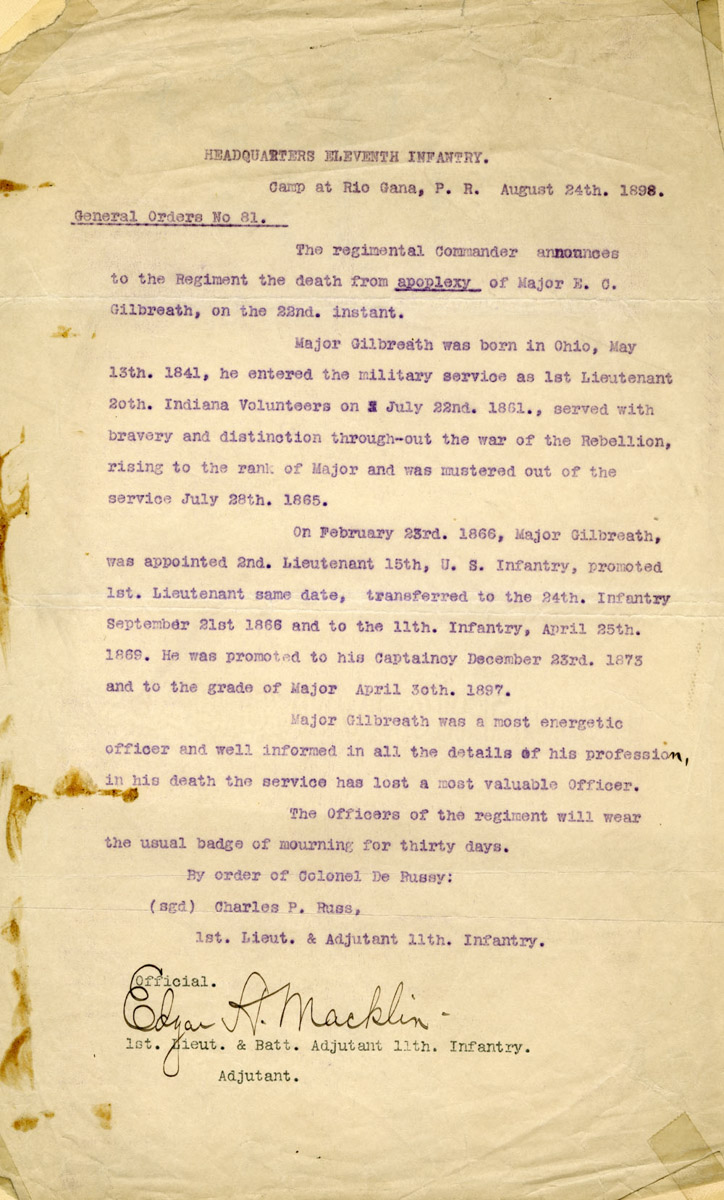
The Death of Major Erasmus Corwin Gilbreath, 11th Infantry HQ General Orders 81
On August 22,1898, Major Gilbreath died in Puerto Rico.
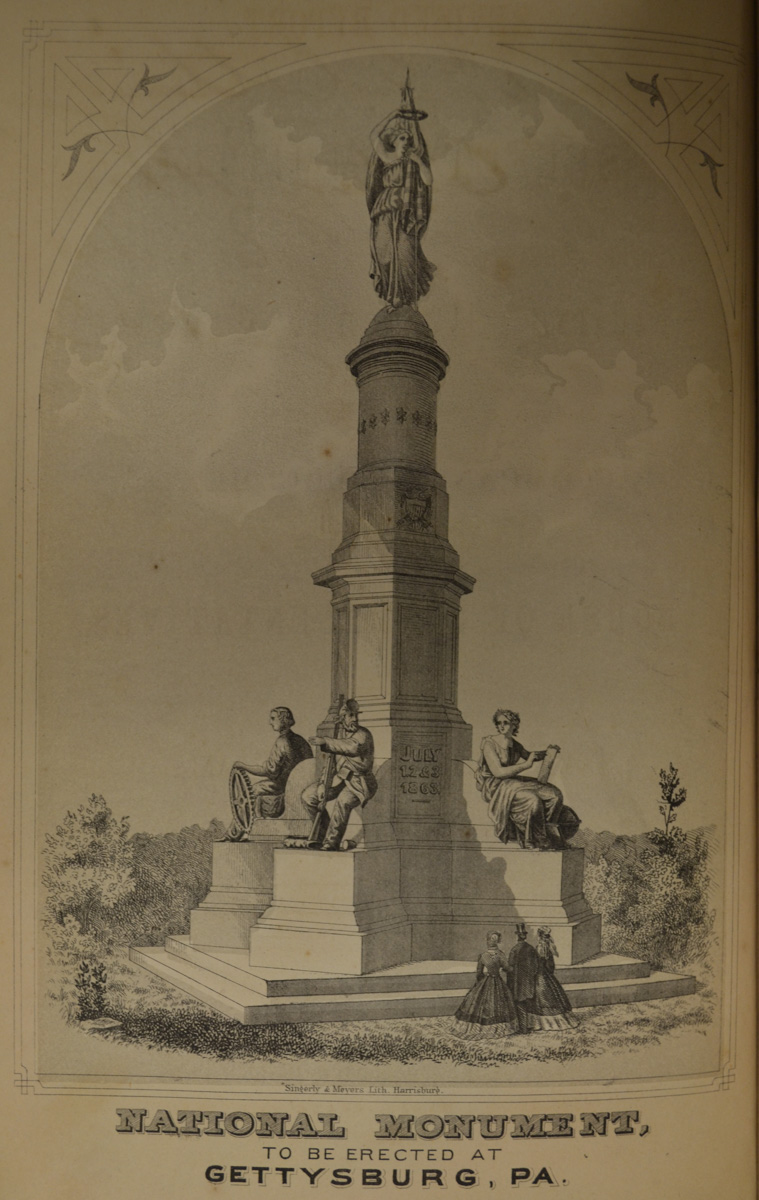
Revised Report of the Select Committee Relative to the Soldiers’ National Cemetery, Together with the Accompanying Documents, as Reported to the House of Representatives of the Commonwealth of Pennsylvania
In honor of the Union and Confederate soldiers lost in the Battle of Gettysburg, President Abraham Lincoln dedicated a cemetery to the fallen during the Gettysburg address.
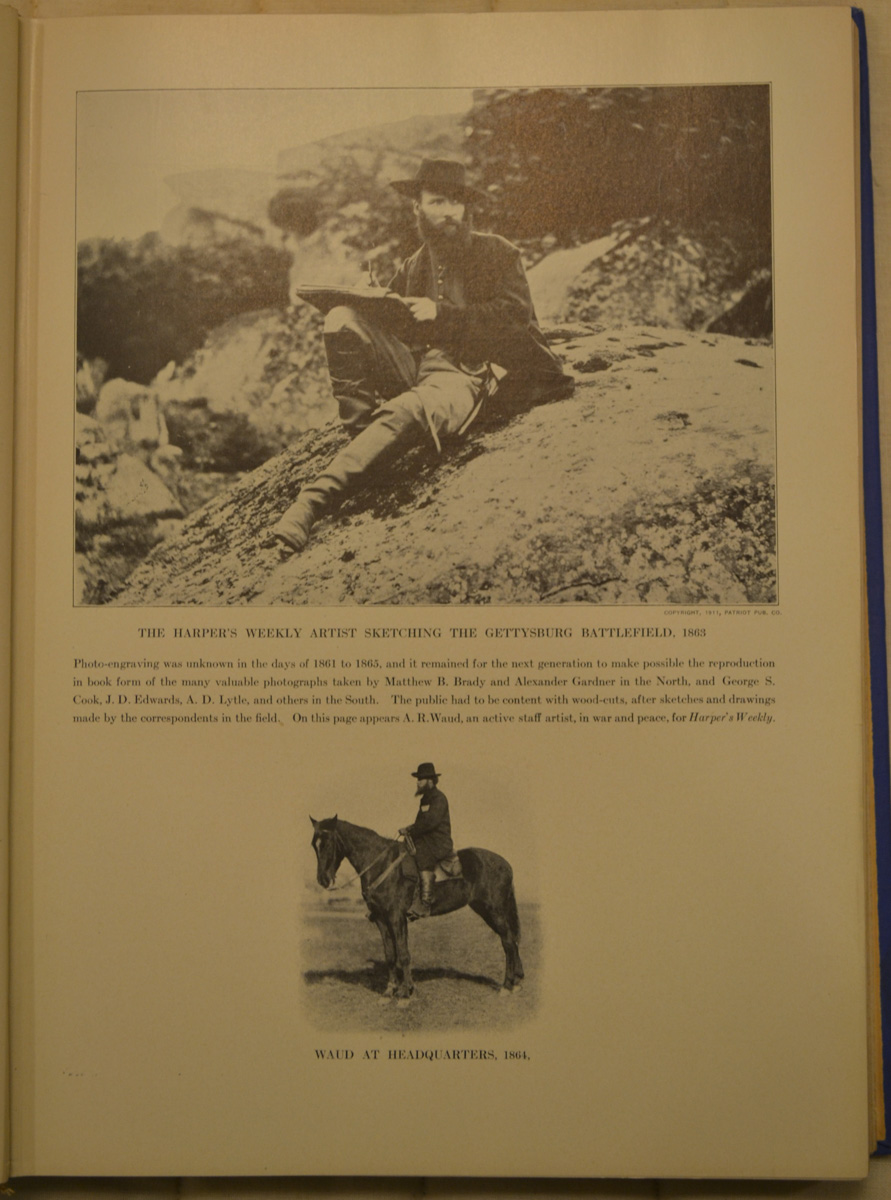
The Photographic History of the Civil War (Vol. 8)
While photography was prevalent during the Civil War, artist illustrations were often used to depict important moments from the field.

Bull Run to Bull Run, Or Four Years in the Army of Northern Virginia
Like Gilbreath, Confederate Colonel George W. Baylor kept a record of his serive during the 19th Century.

Thirty Years After: An Artist’s Story of the Great War
Artist Edwin Forbes traveled for two years with the Army of the Potomac and captured through illustrations some of more common moments of the life of a soldier during the Civil War.
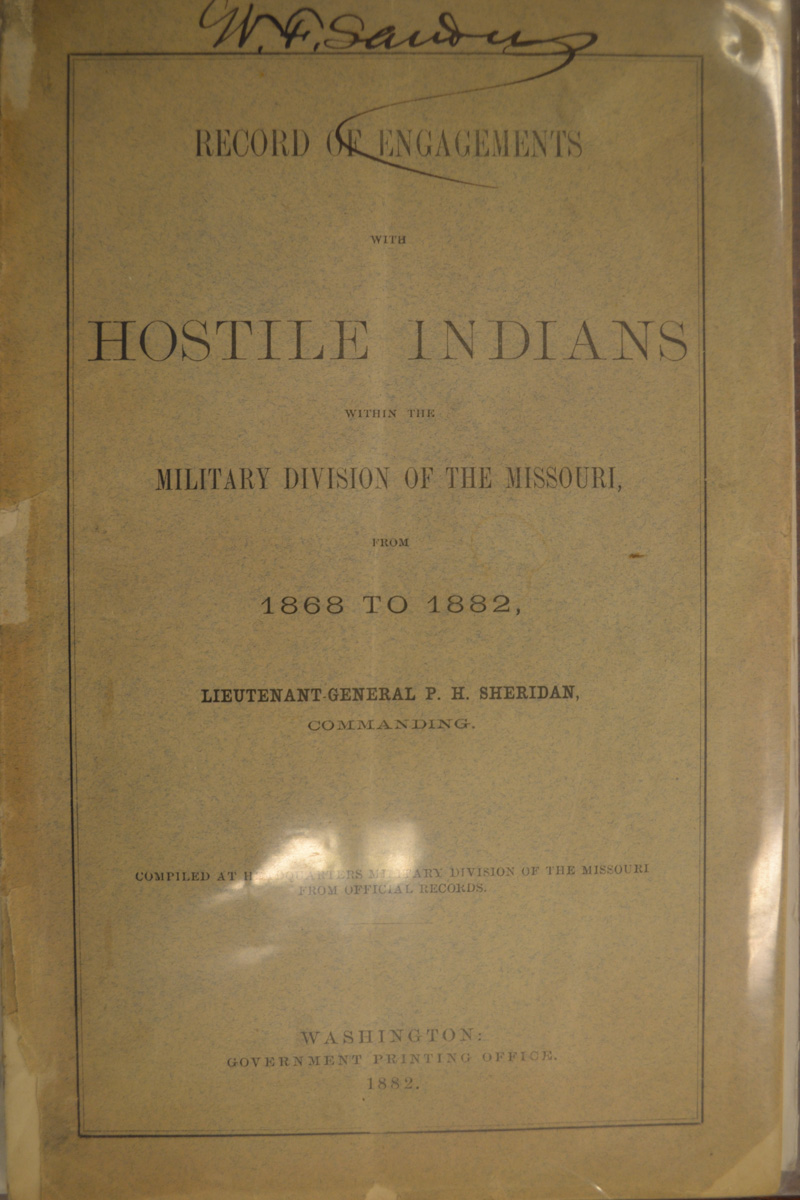
Record of Engagements with Hostile Indians within the Military Division of Missouri, from 1868 to 1882
Tensions between Native Americans and settlers where high as America expanded west.

A Soldier – Doctor of Our Army: James P. Kimball, Late Colonel and Assistant Surgeon-General, U. S. Army
This account of a doctor in 19th century features a dipiction of hunting in the Dakota Territory by soldiers.
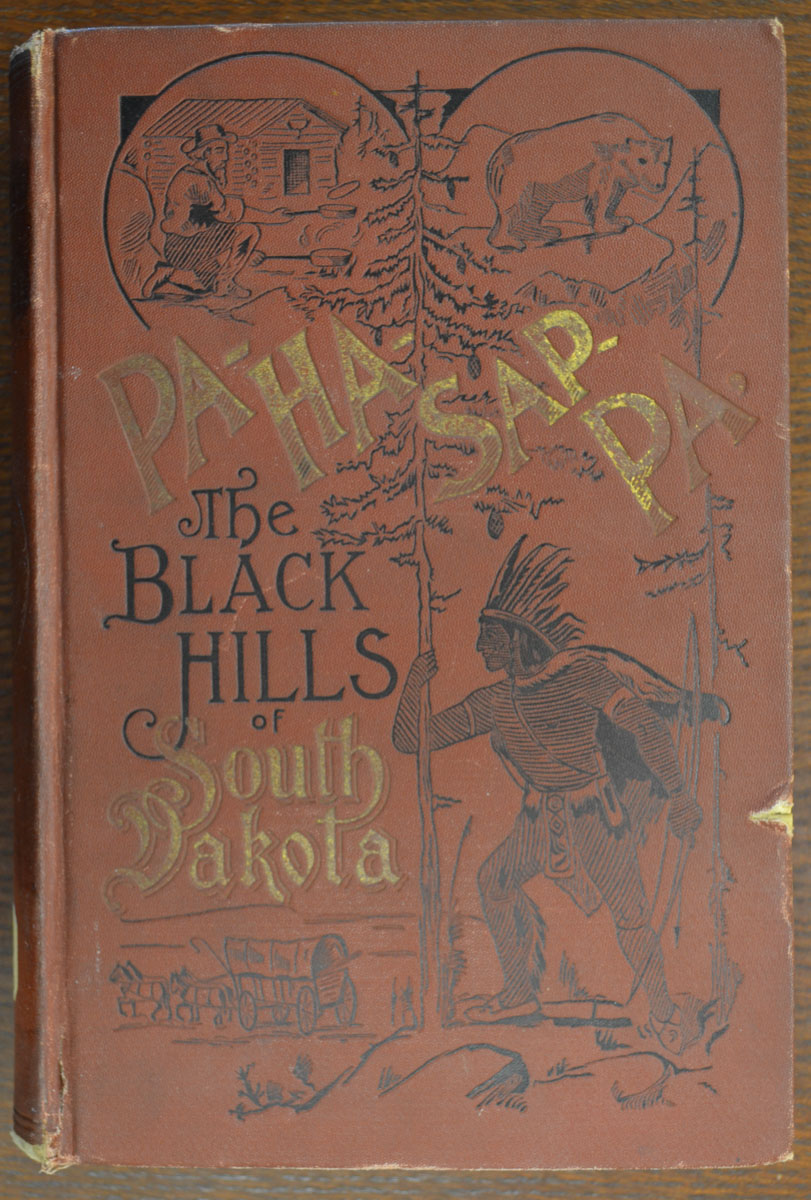
Pa-Ha-Sa-Pah, of the Black Hills of South Dakota
Pa-Ha-Sa-Pah, of the Black Hills of South Dakota is a historical account of the settlers of the Dakota Territory and the Native American tribes of the area.
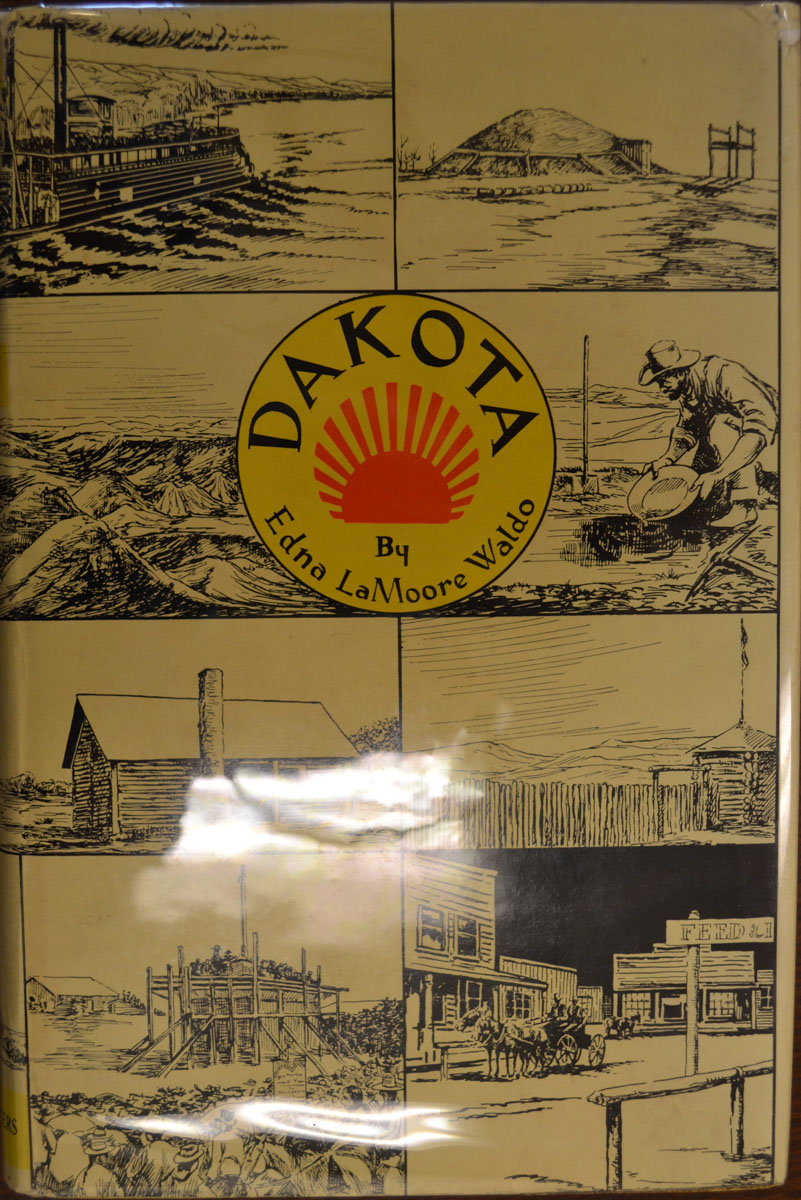
Dakota
Dakota reviews the history of the Territory before North and South Dakota were admitted into the Union.

The Cuban and Porto Rican Campaigns
The Cuban and Porto Rican Campaigns features a map of Puerto Rico during the 19th century.
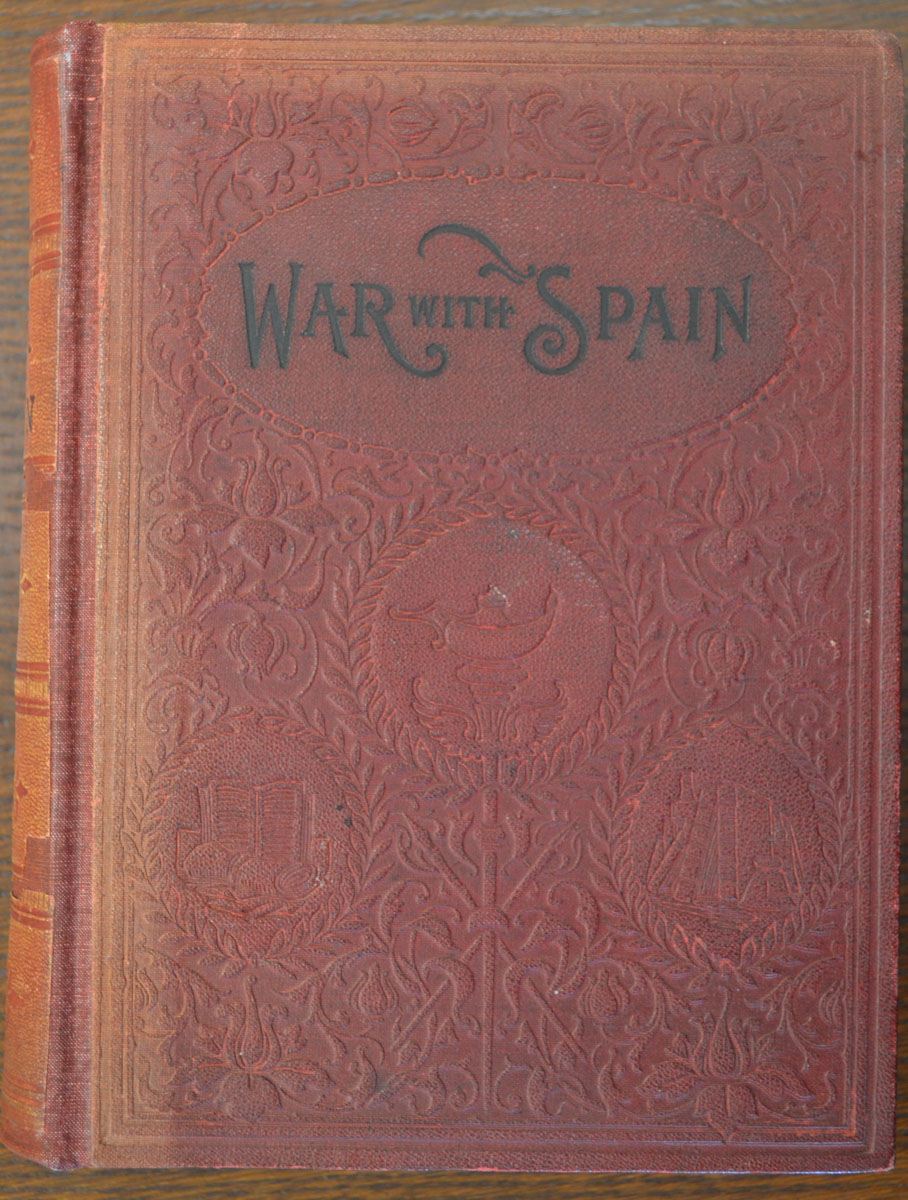
War with Spain Including Battles on Sea and Land Containing a complete Account of the Destruction of the Battleship “Maine”…
Our Naval War With Spain Including Battles on Sea and Land features Major General Nelson Applegate Miles, leader of the invasion of Puerto Rico during the Spanish-American War.
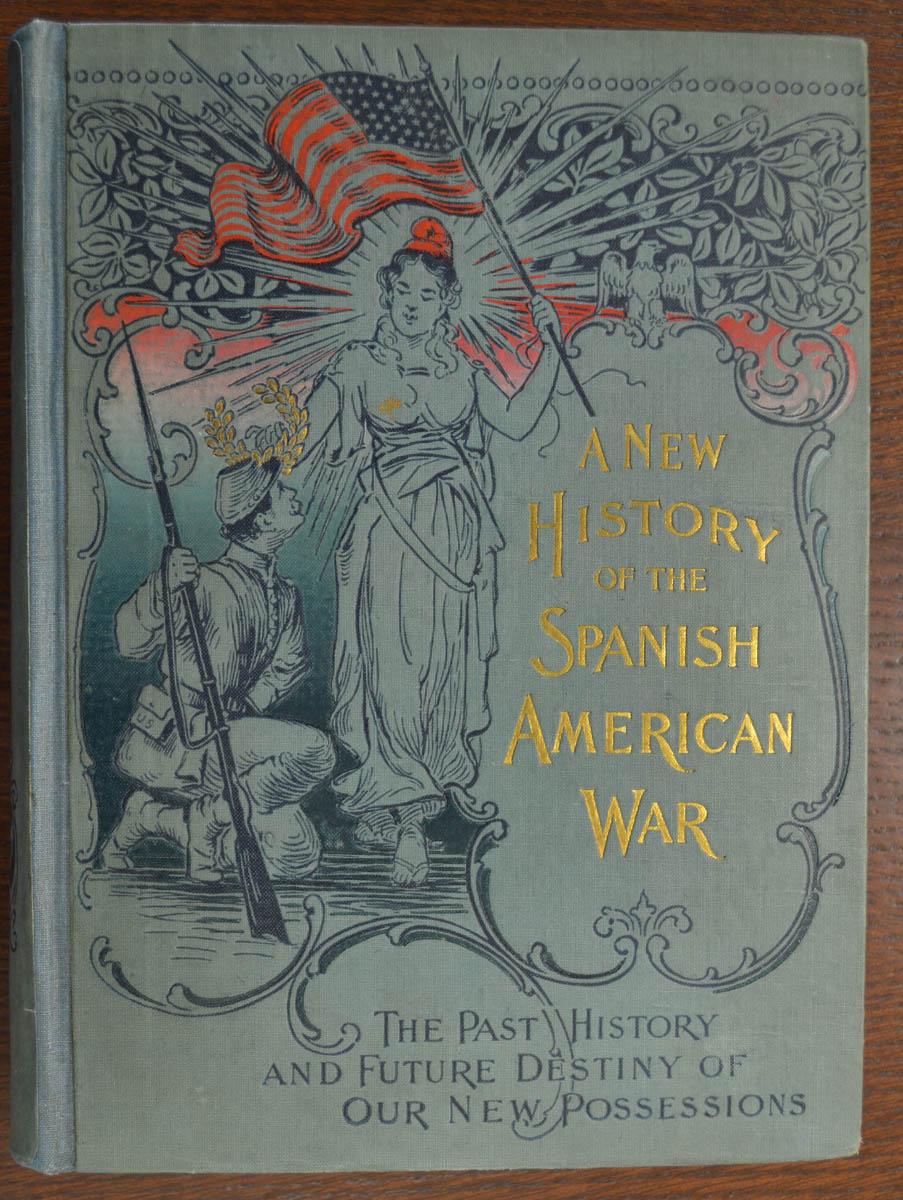
A New History of the Spanish American War Including the Past History and Future Destiny of Our New Possessions
Major General Nelson Miles took the city of Ponce with no major battles and raised the American flag there on July 28, 1898.
Civil War Campaign Medal
Erasmus Corwin Gilbreath qualified for the Civil War Campaign Medal for his service in the 20th Indiana Volunteer Infantry Regiment during the Civil War, though he died seven years before this medal was authorized.
Indian Wars Campaign Medal
Erasmus Corwin Gilbreath qualified for the Indian Wars Campaign Medal for his service during the “Bannock War” in 1877.
Spanish Campaign Medal
Erasmus Corwin Gilbreath was eligible for the Spanish Campaign Medal for his service in Puerto Rico between August 2, 1898 and August 13, 1898.
Army of Puerto Rican Occupation Medal
Erasmus Corwin Gilbreath qualifed for the Army of Puerto Rican Occupation Medal for his service in Puerto Rico from the end of the Spanish-American War until his death on August 22, 1898.
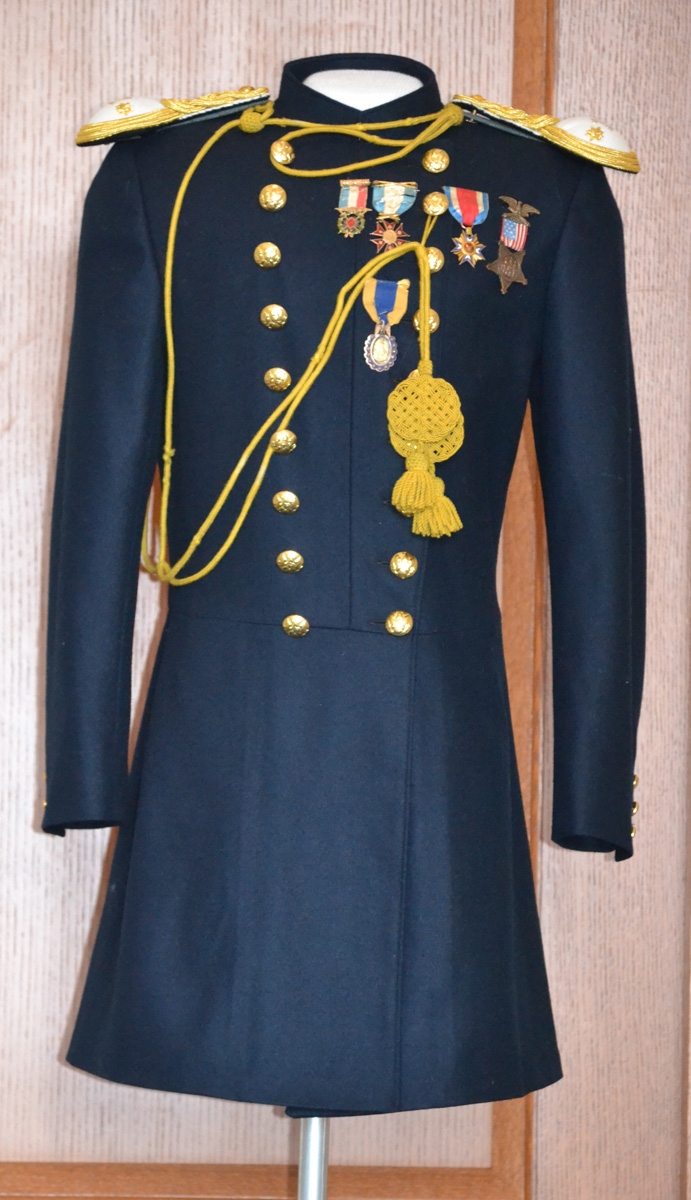
Senior Officer’s Frock Coat
This senior officer’s frock coat is a replica of the uniform worn by Maj. Gilbreath in his last formal military portrait.
Musket Ball & Buck Shot
The musket was the standard firearm of the infrantryman during the early - to mid-19th Century.
Colt Model 1849 Pocket Percussion Revolver
The Colt Model 1849 Pocket Percussion Revolver was used by some volunteer Civil War officers.
